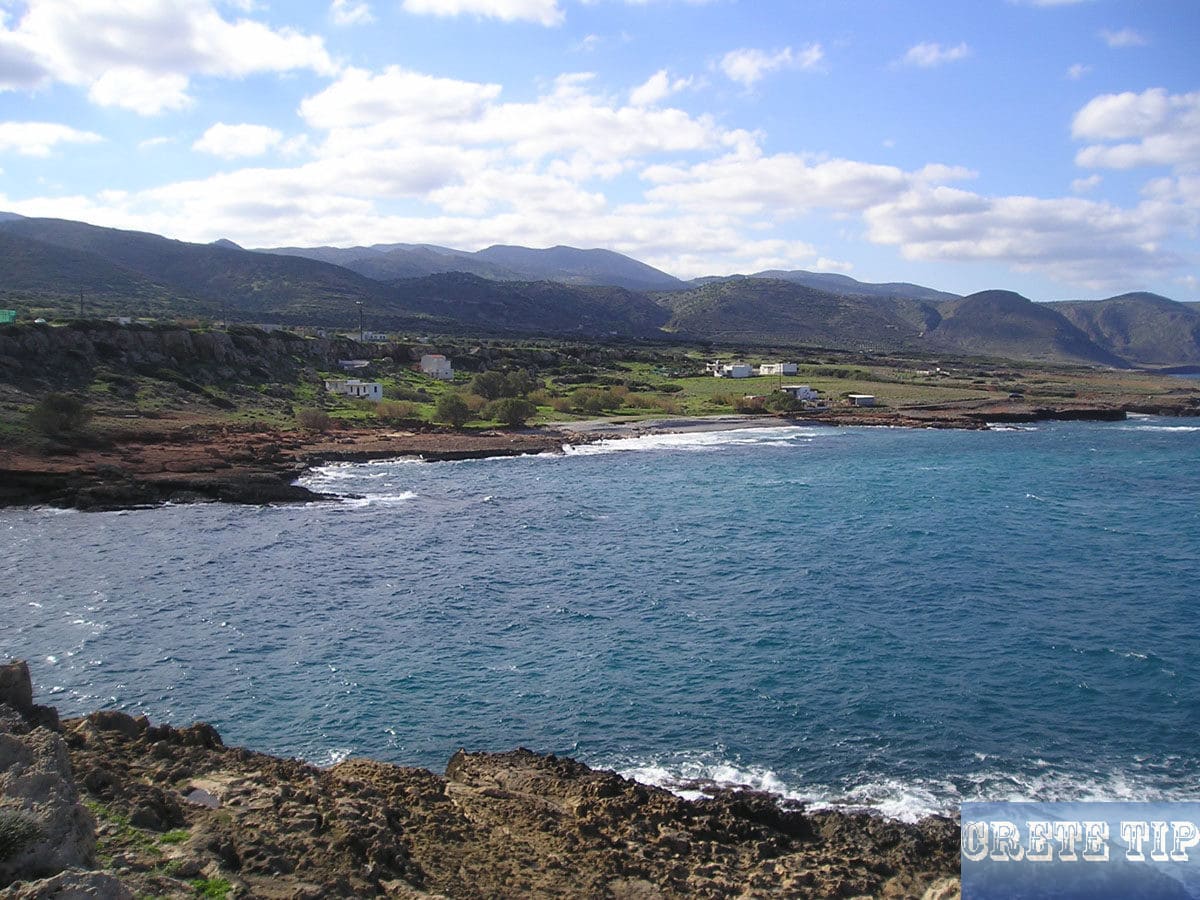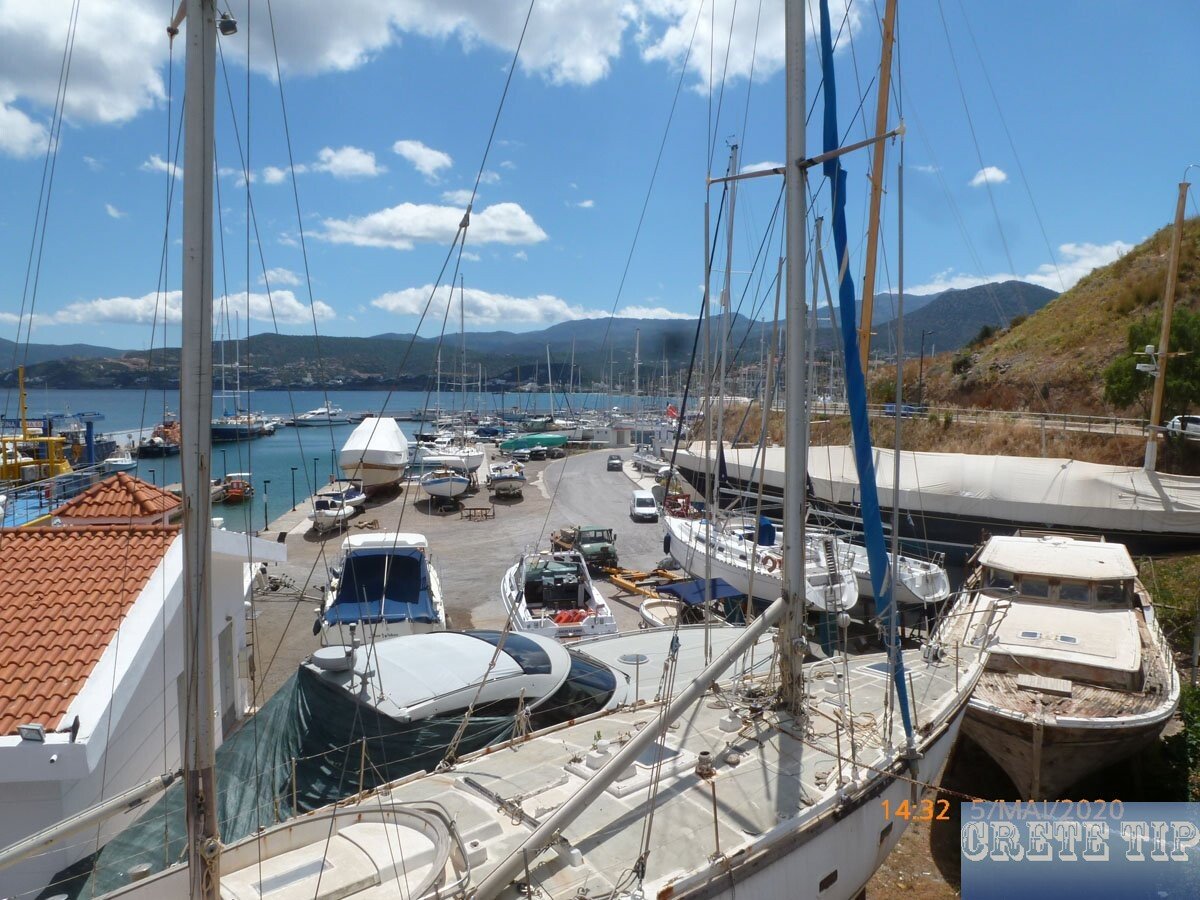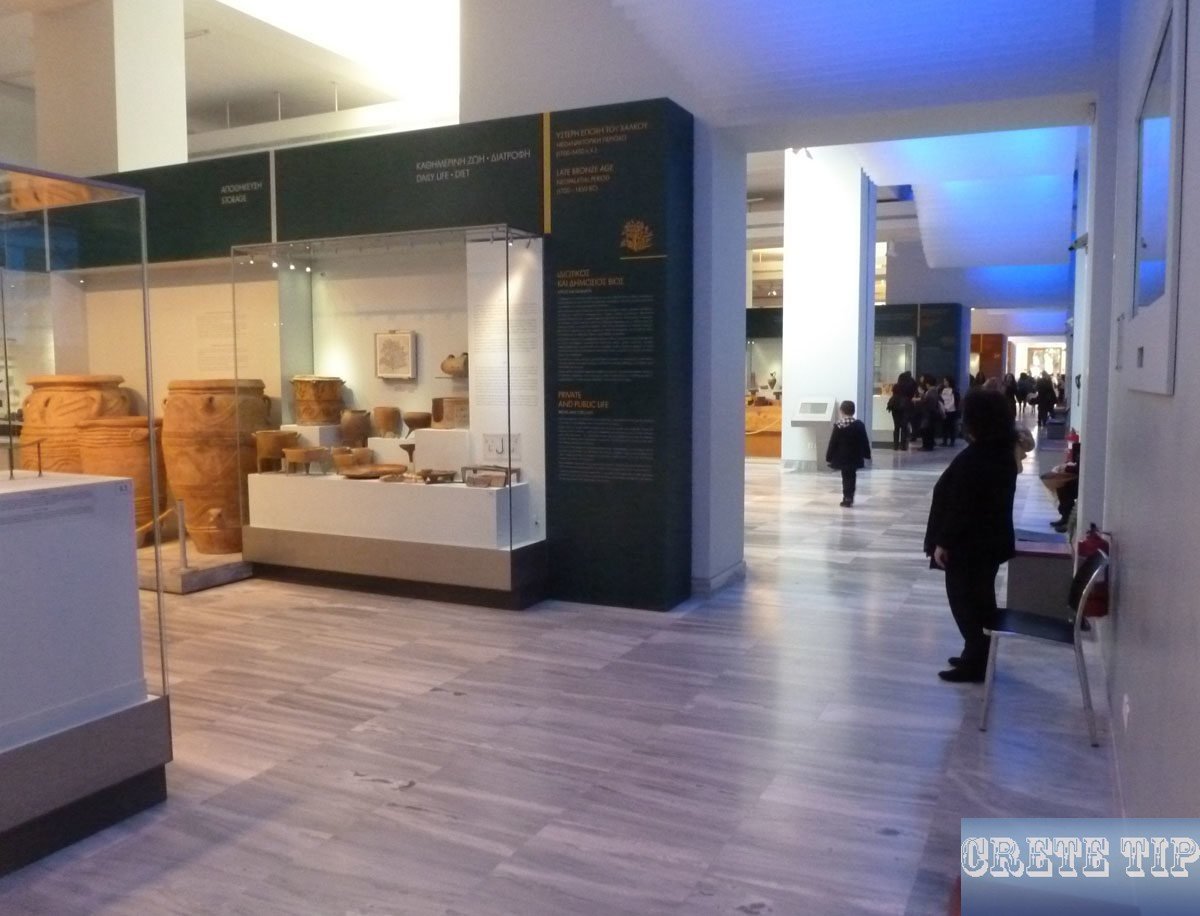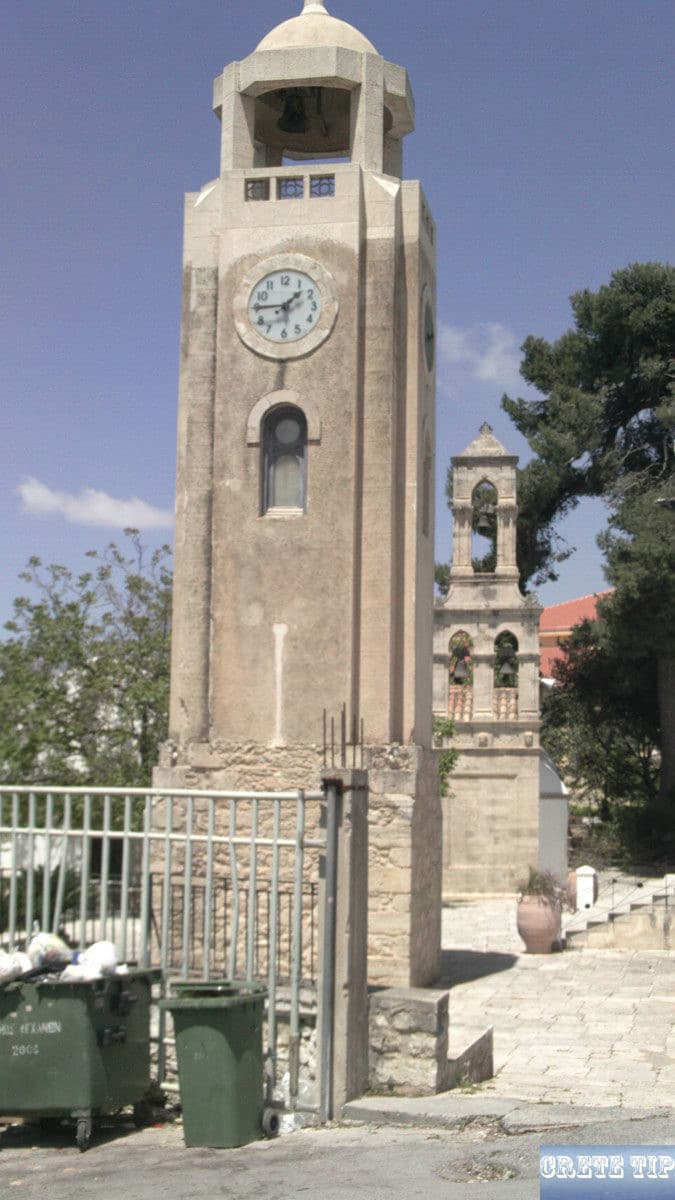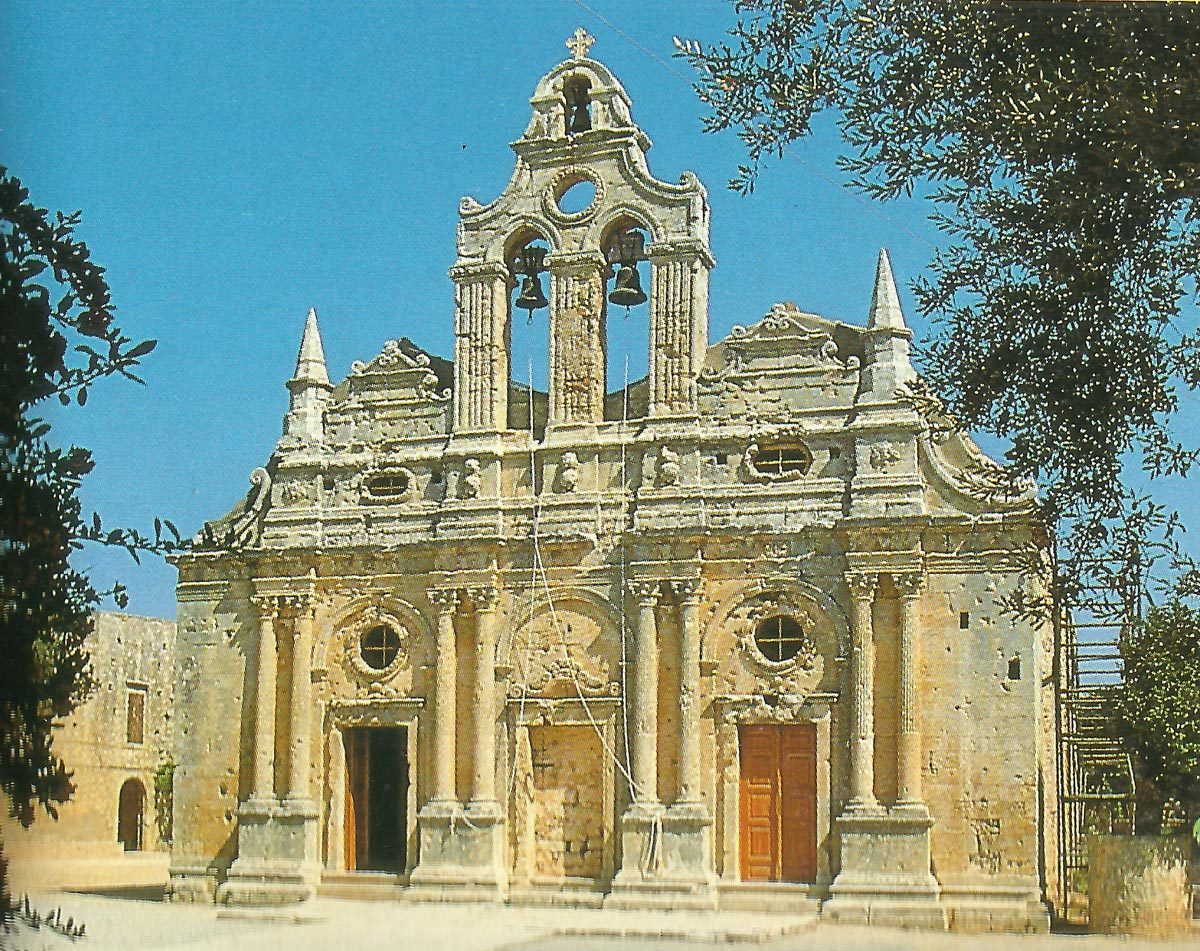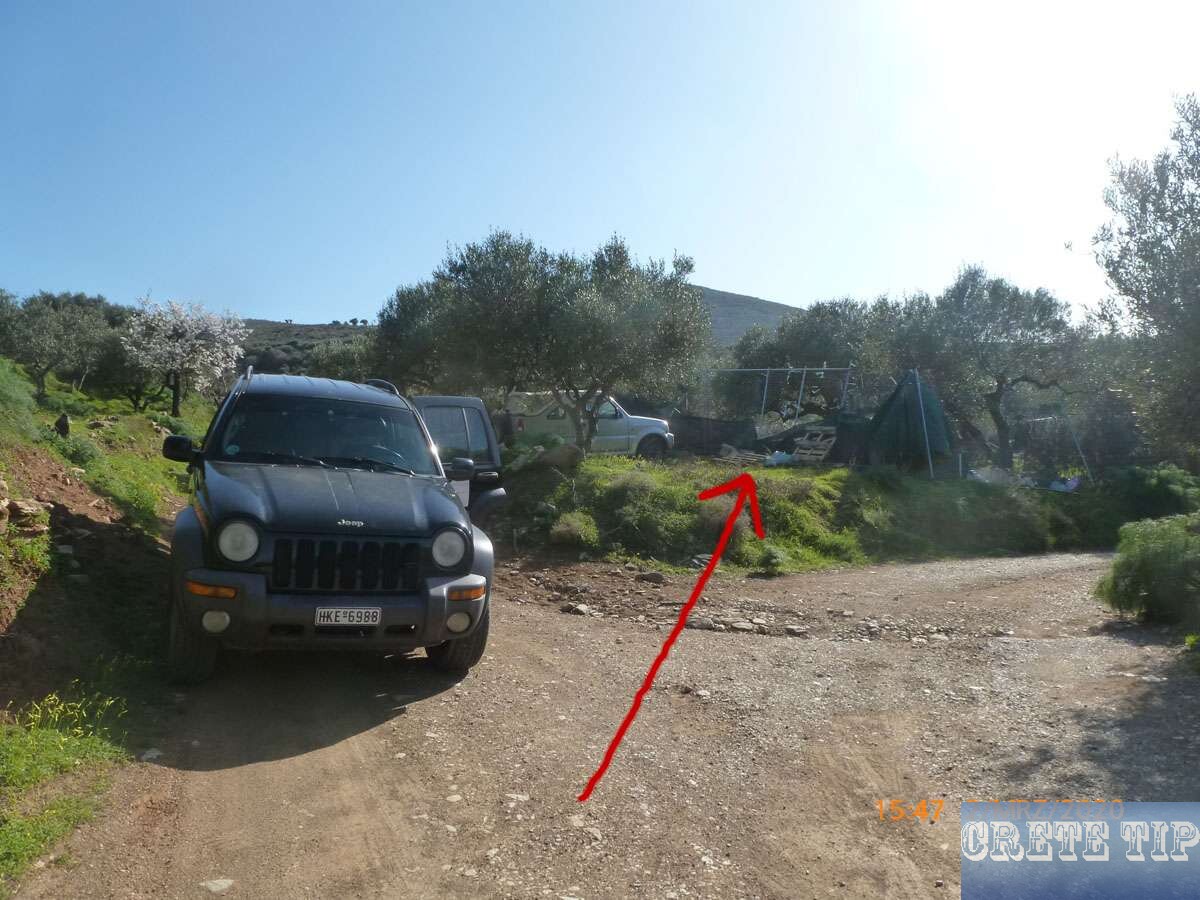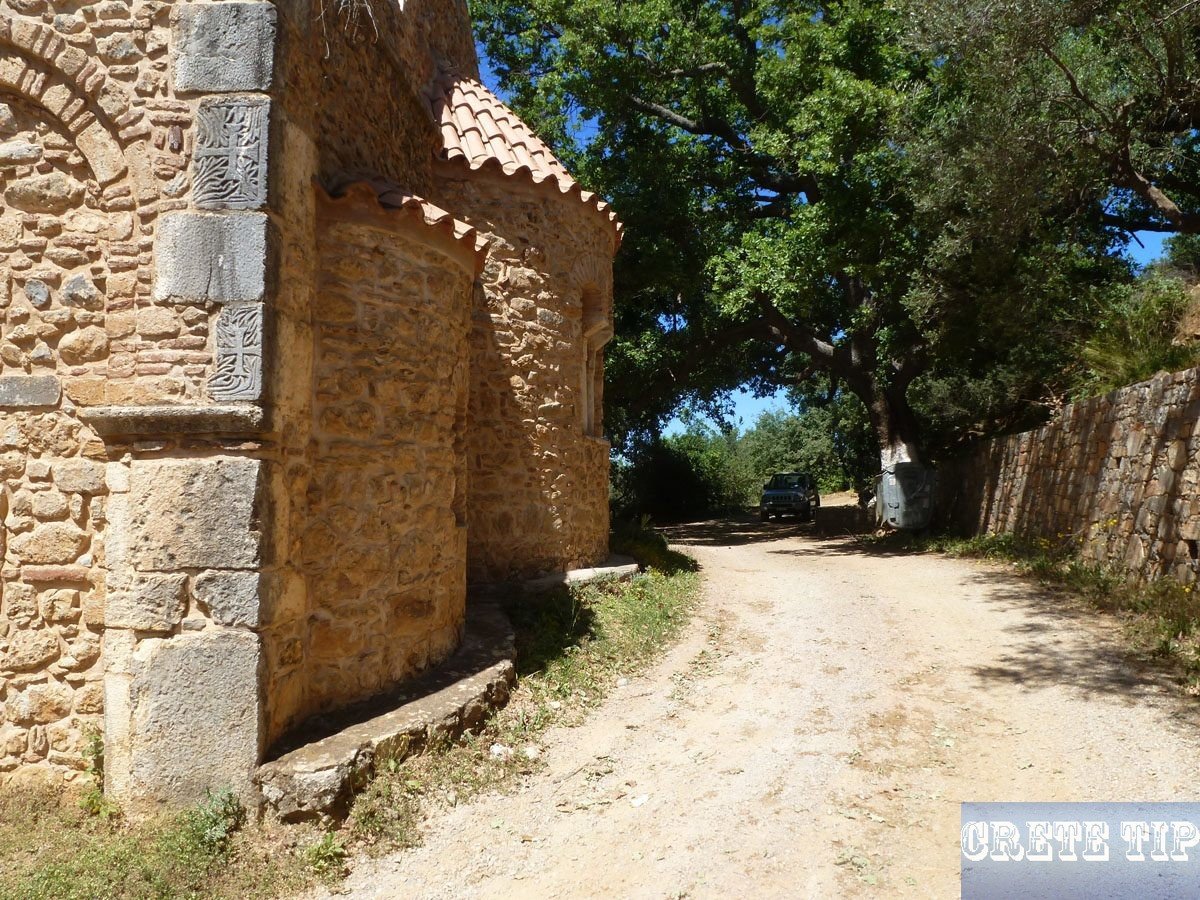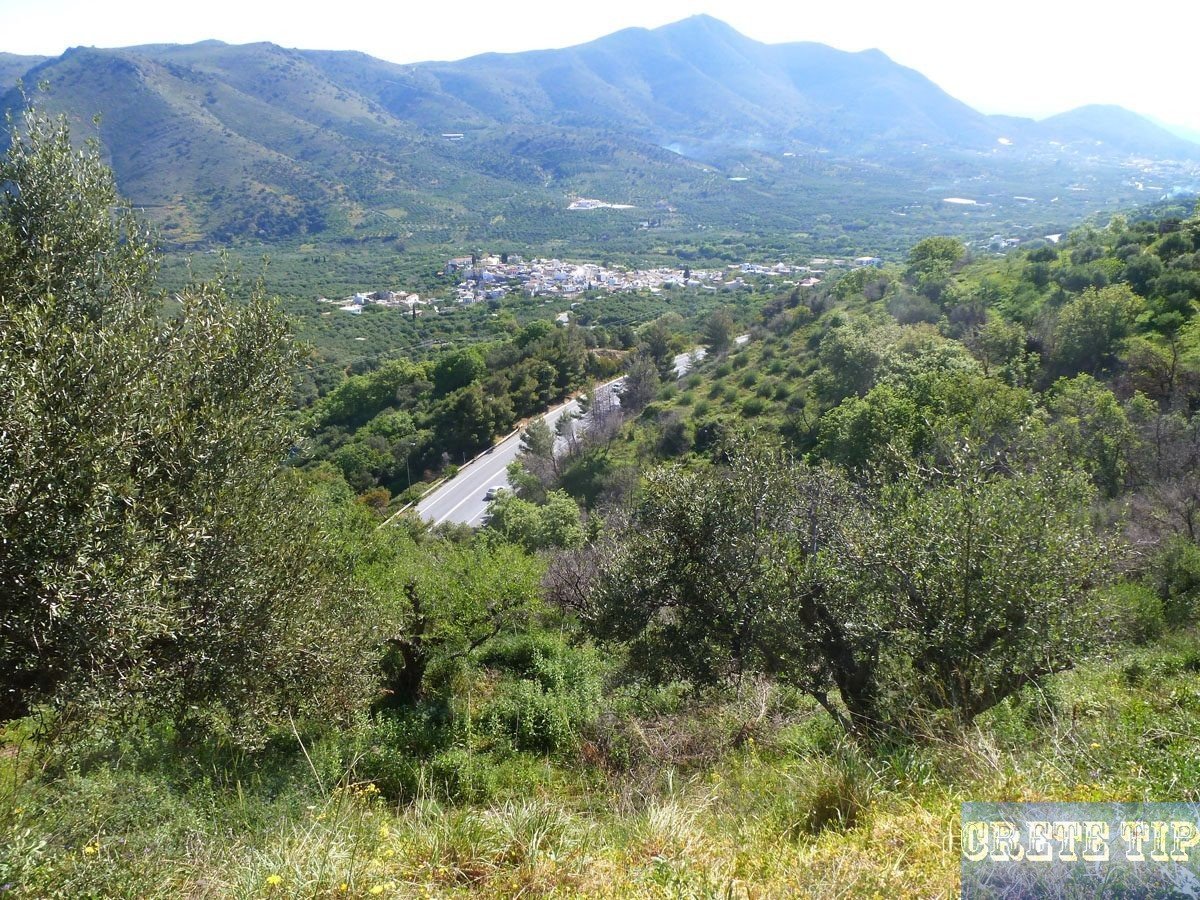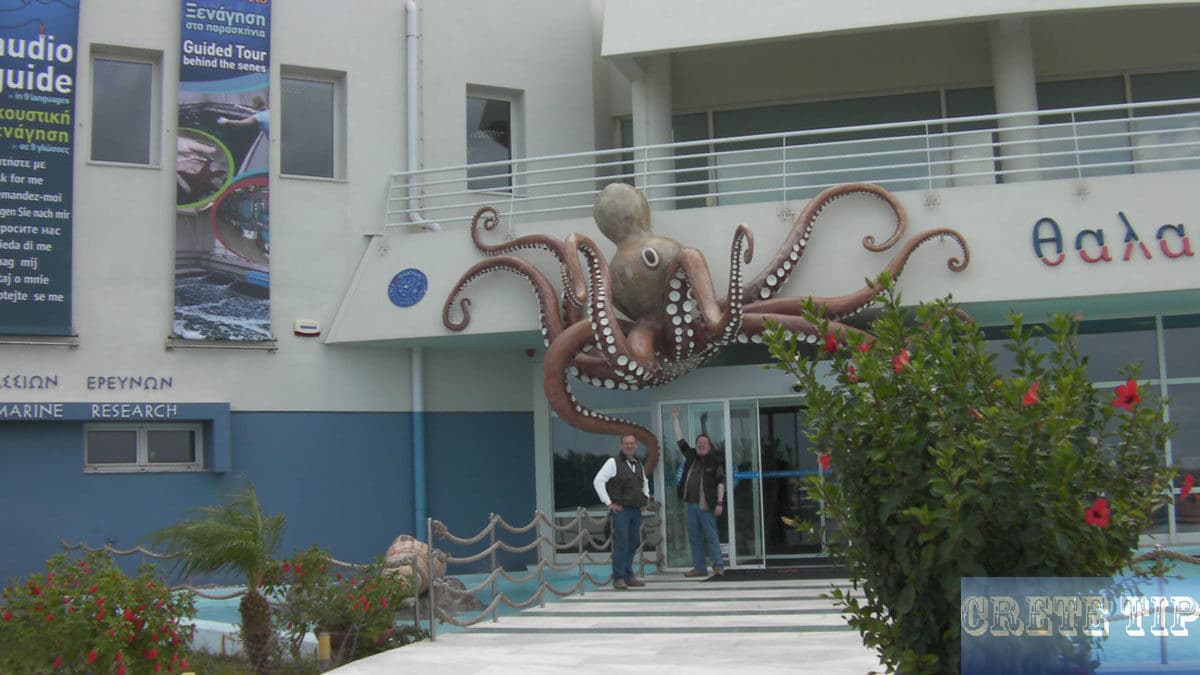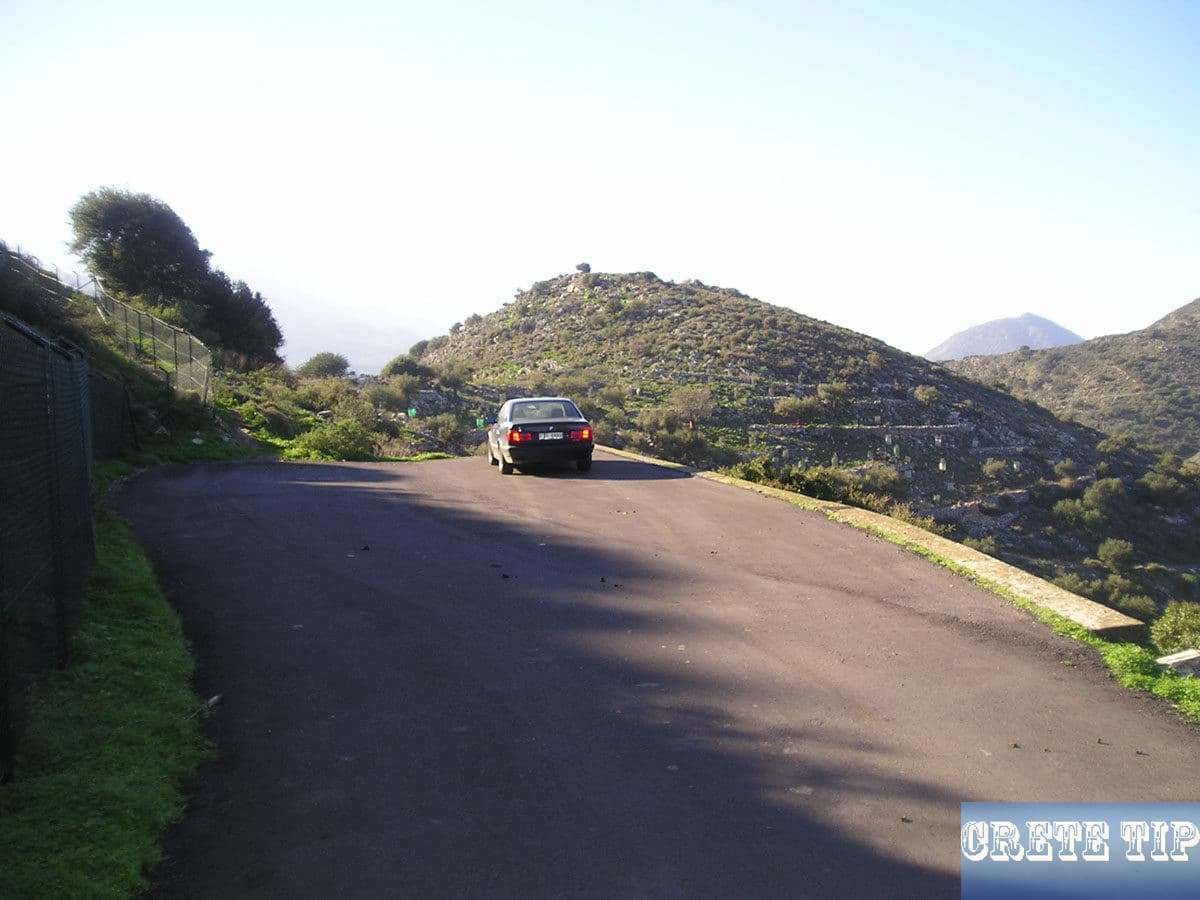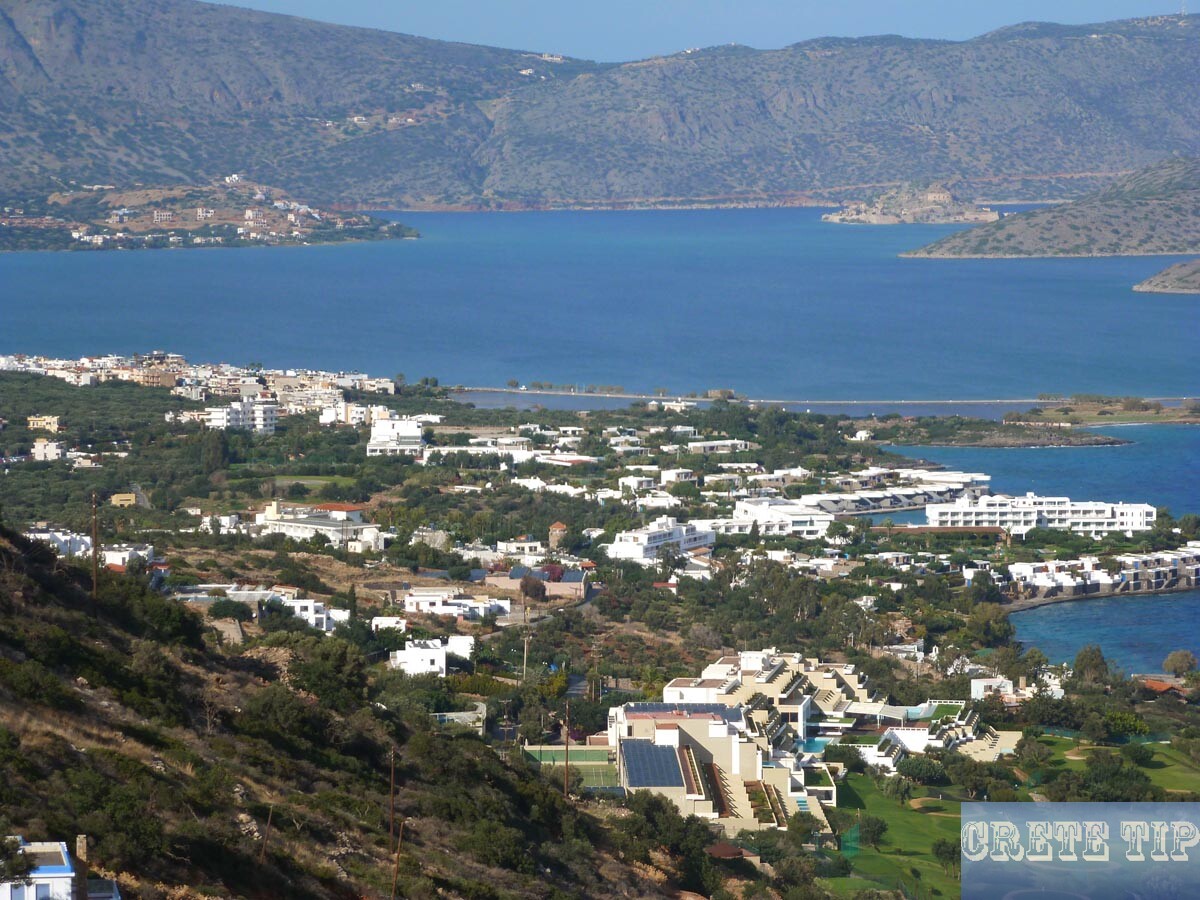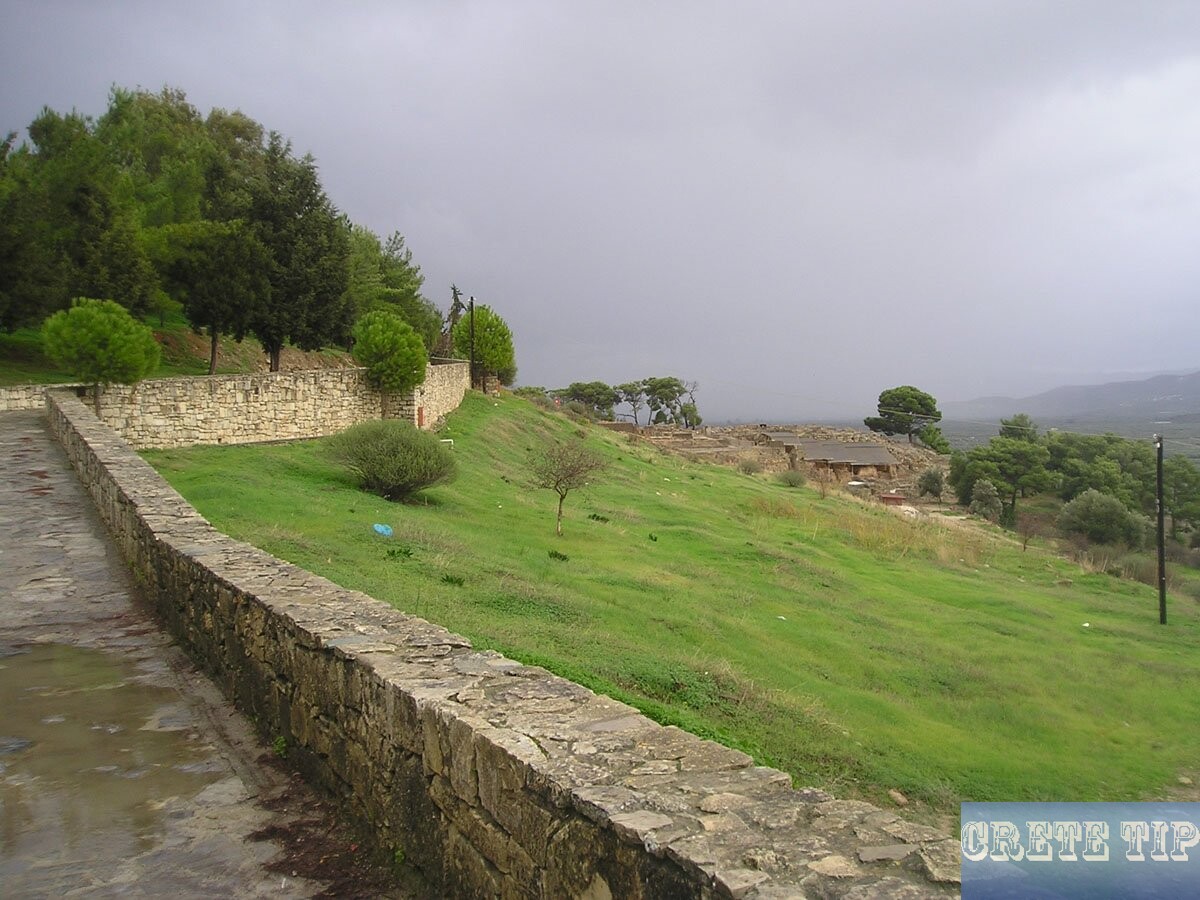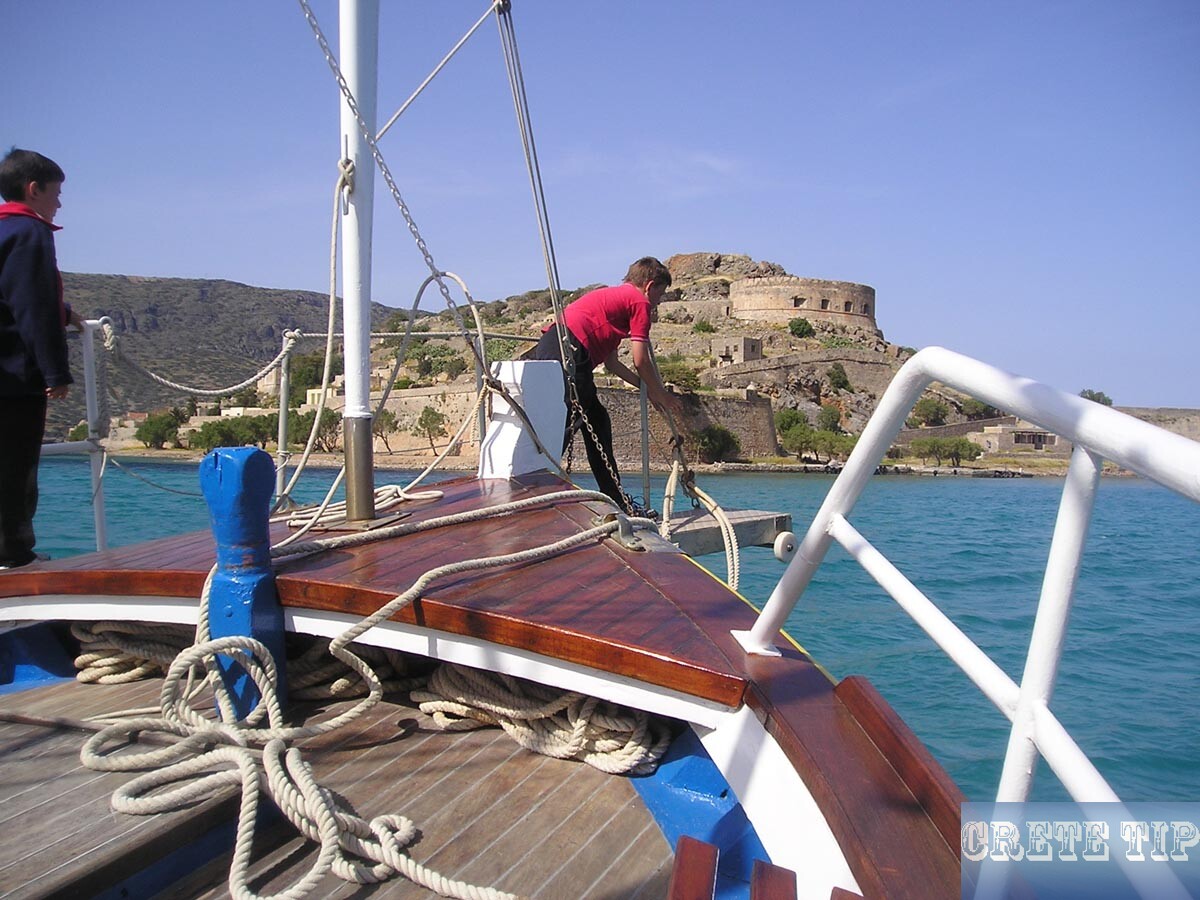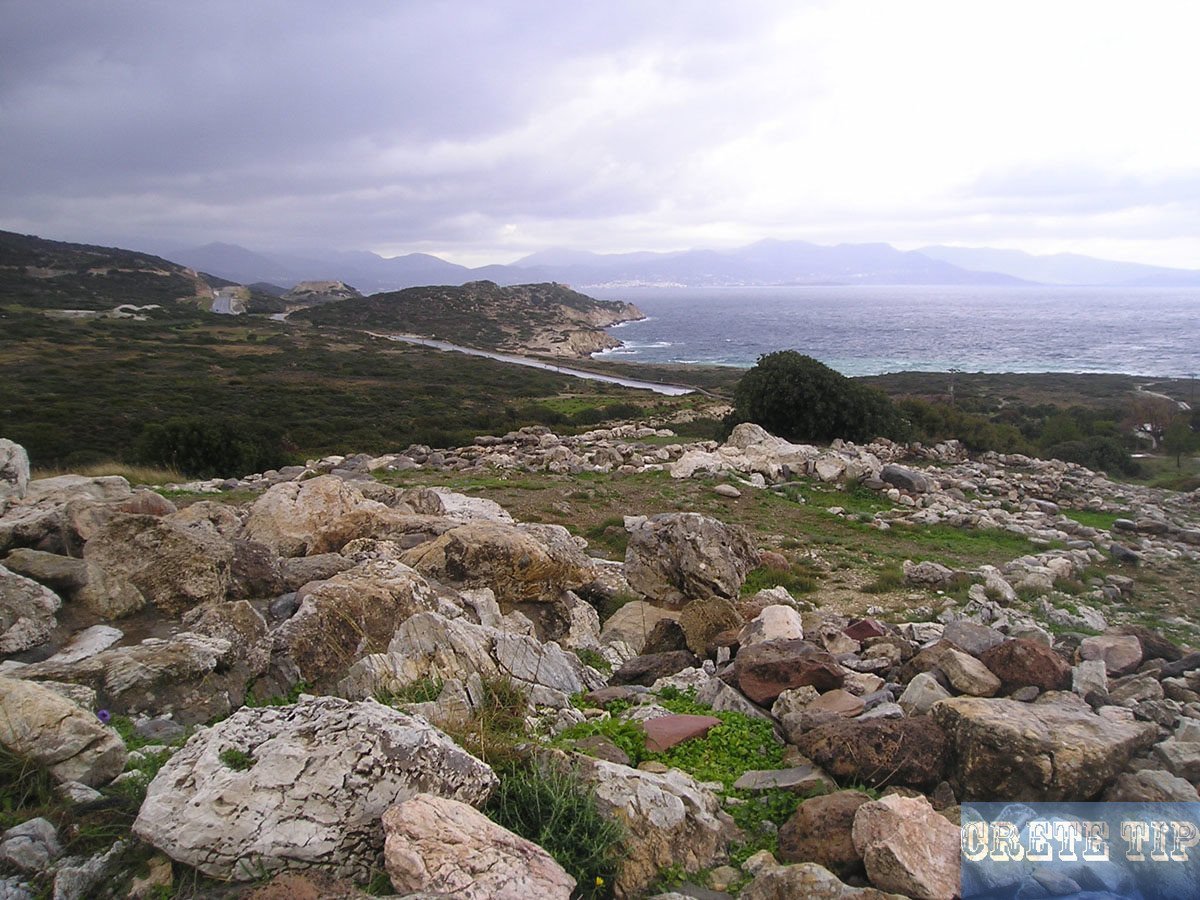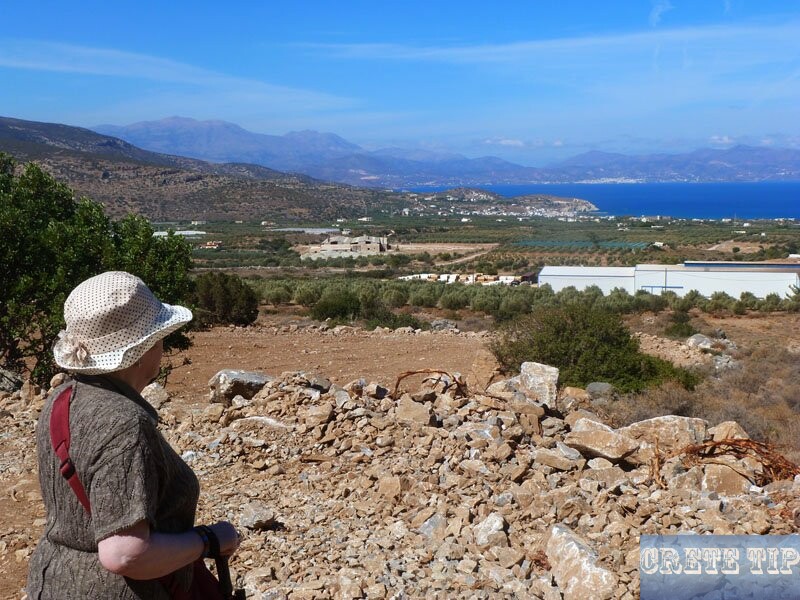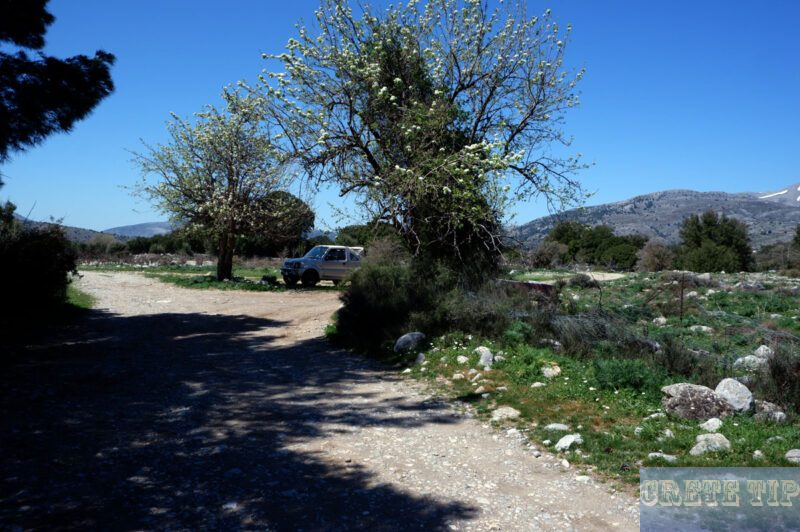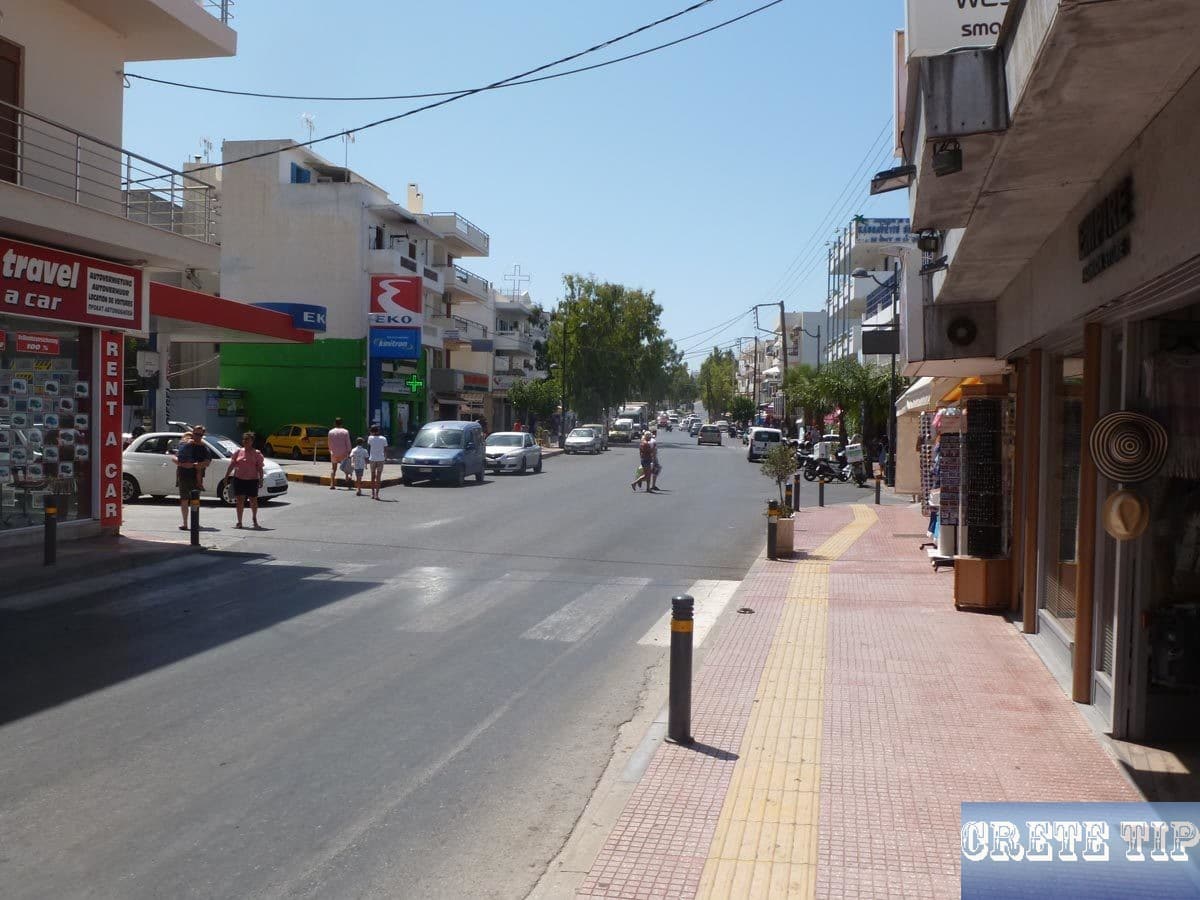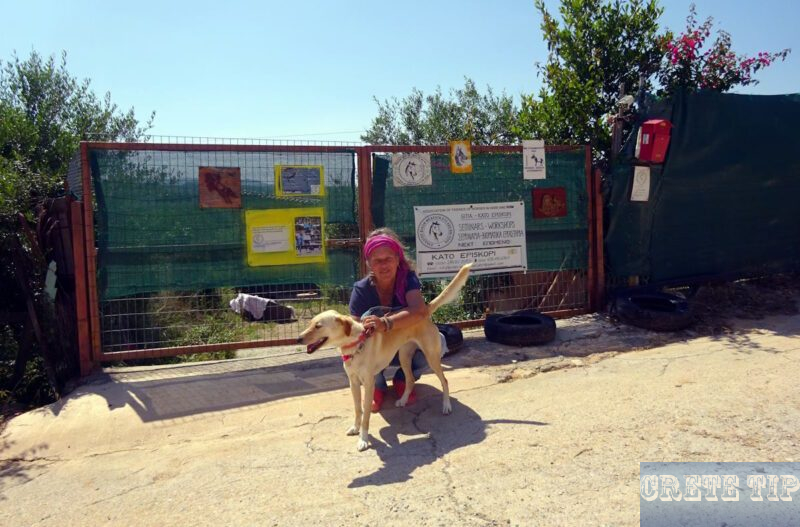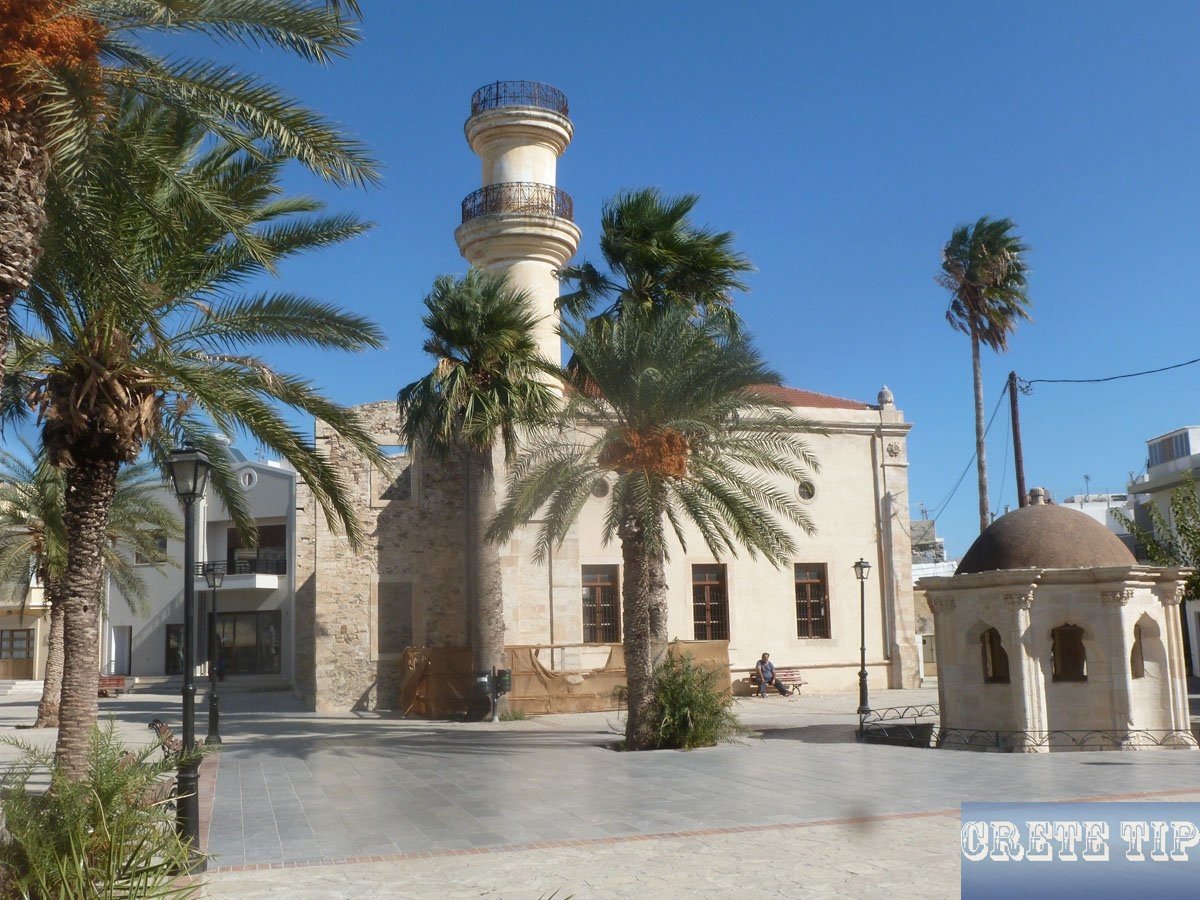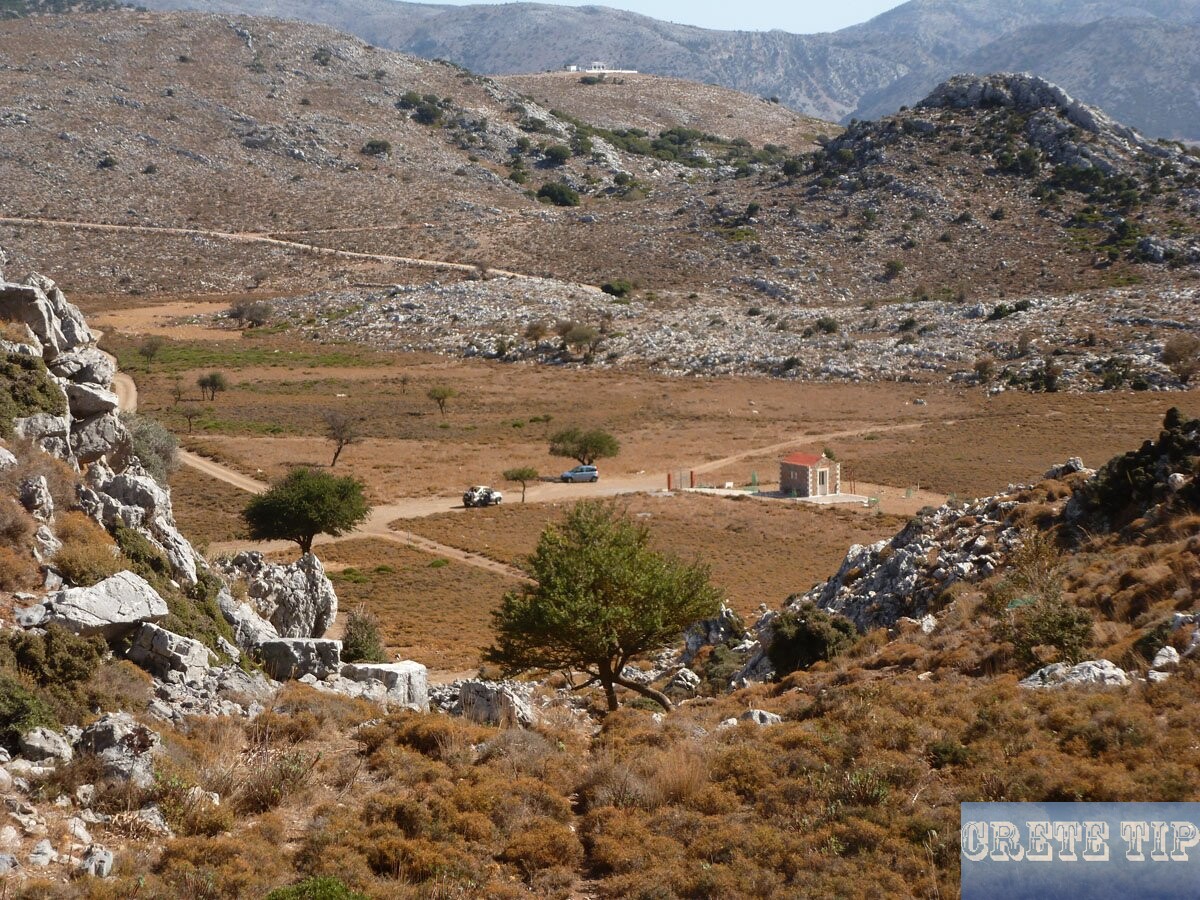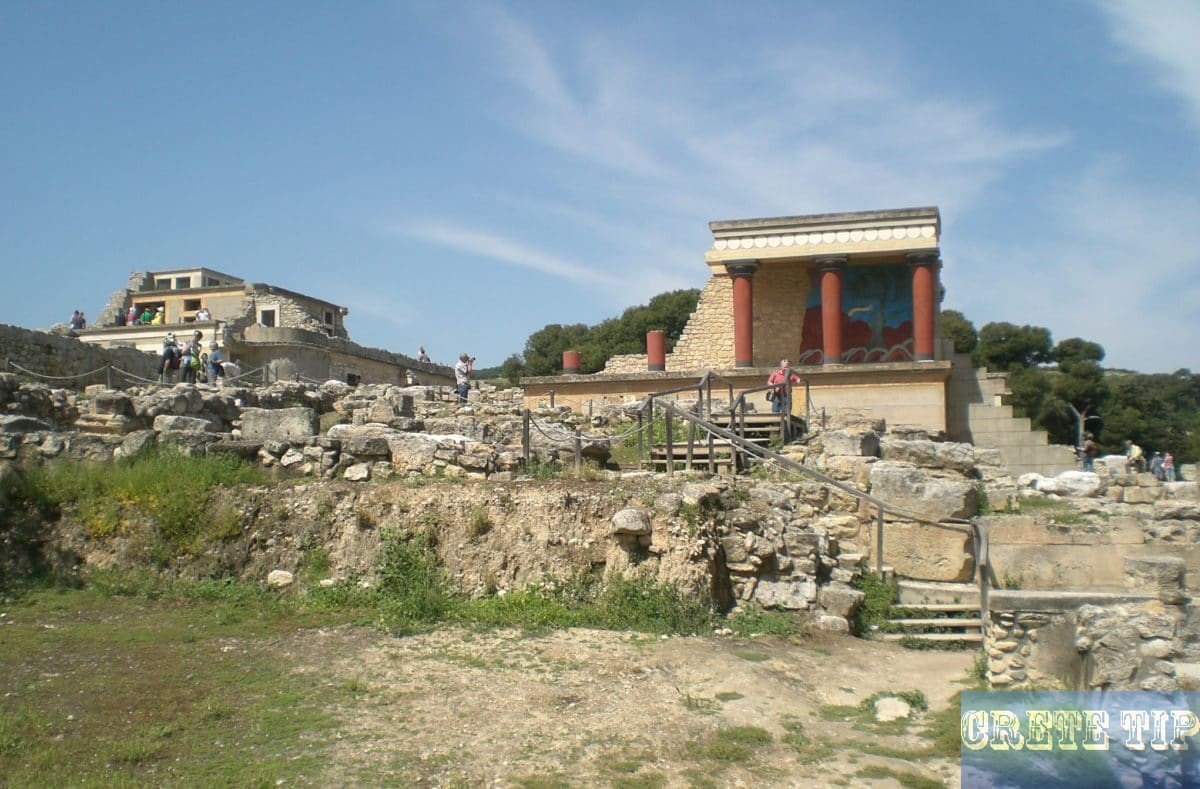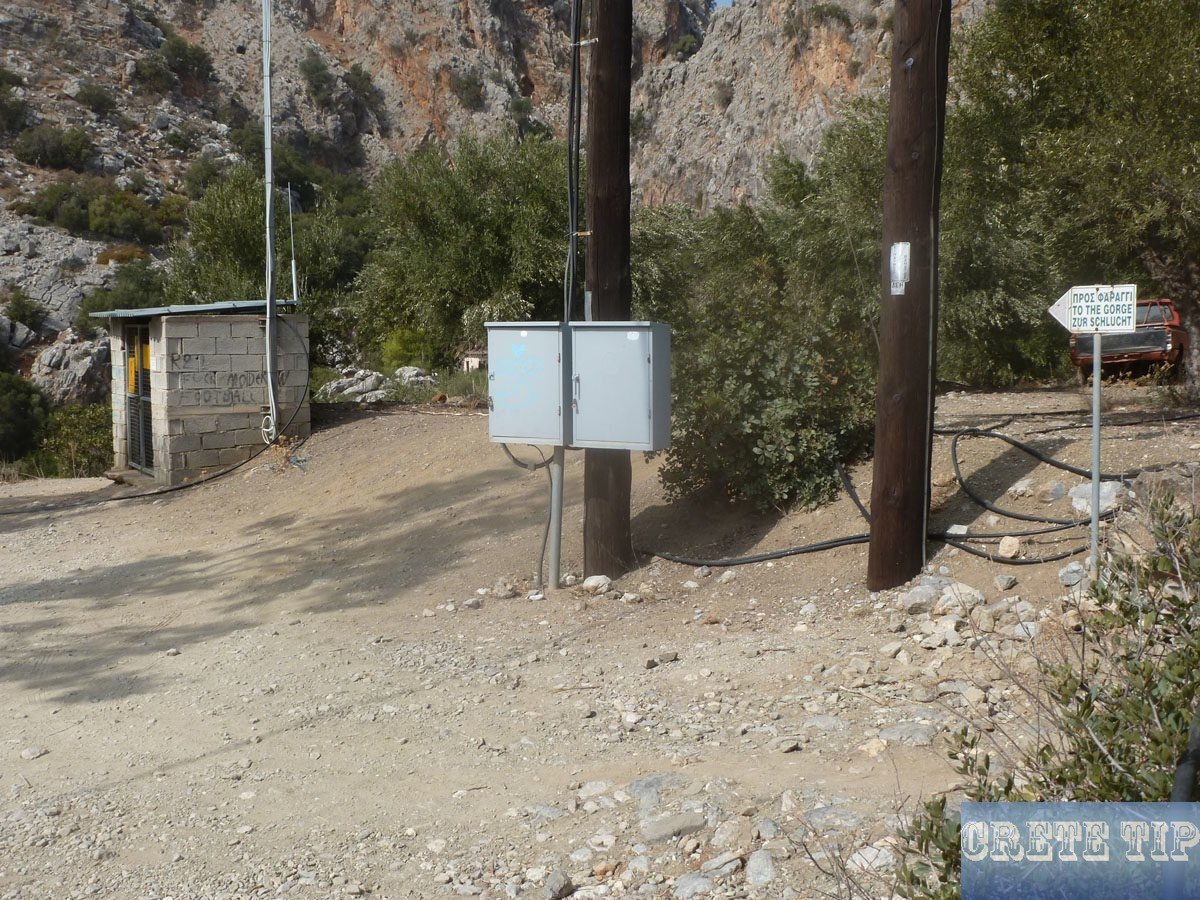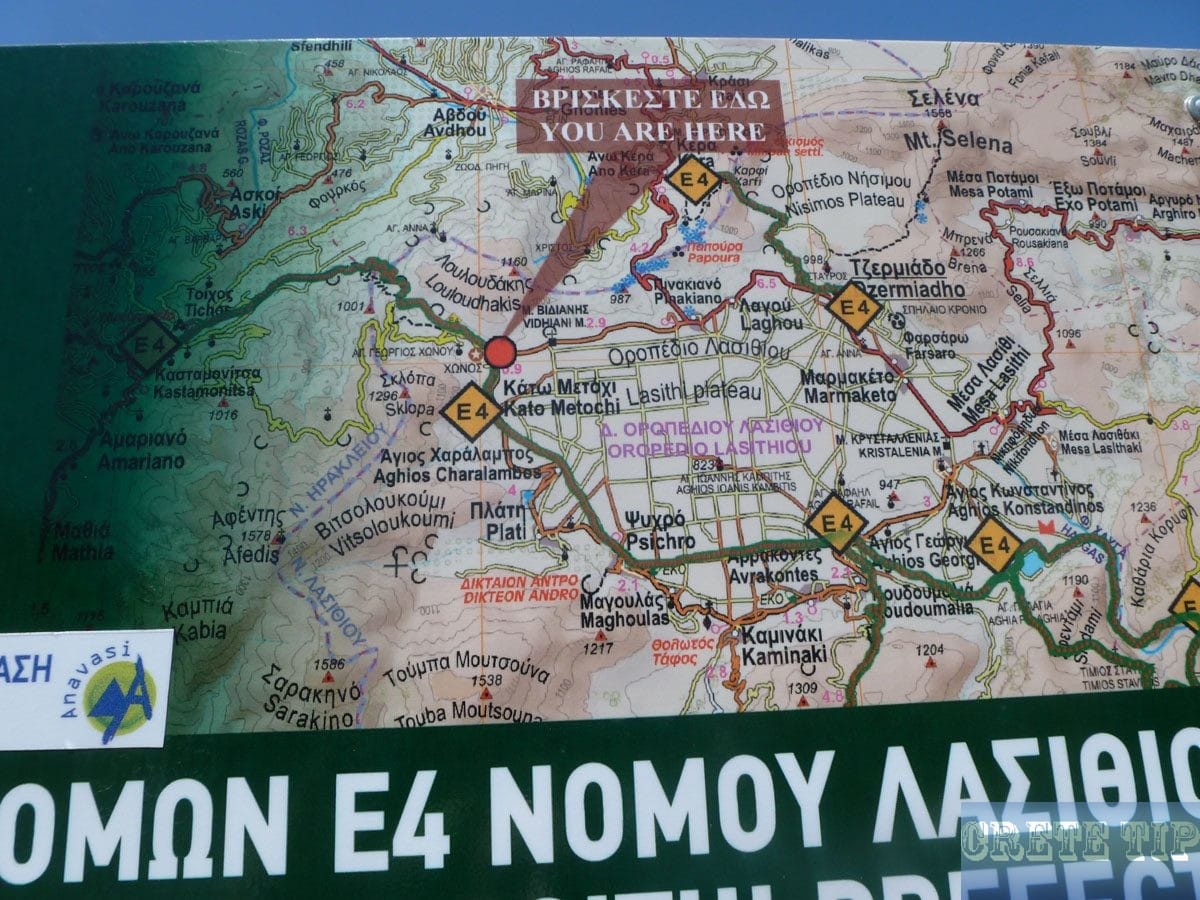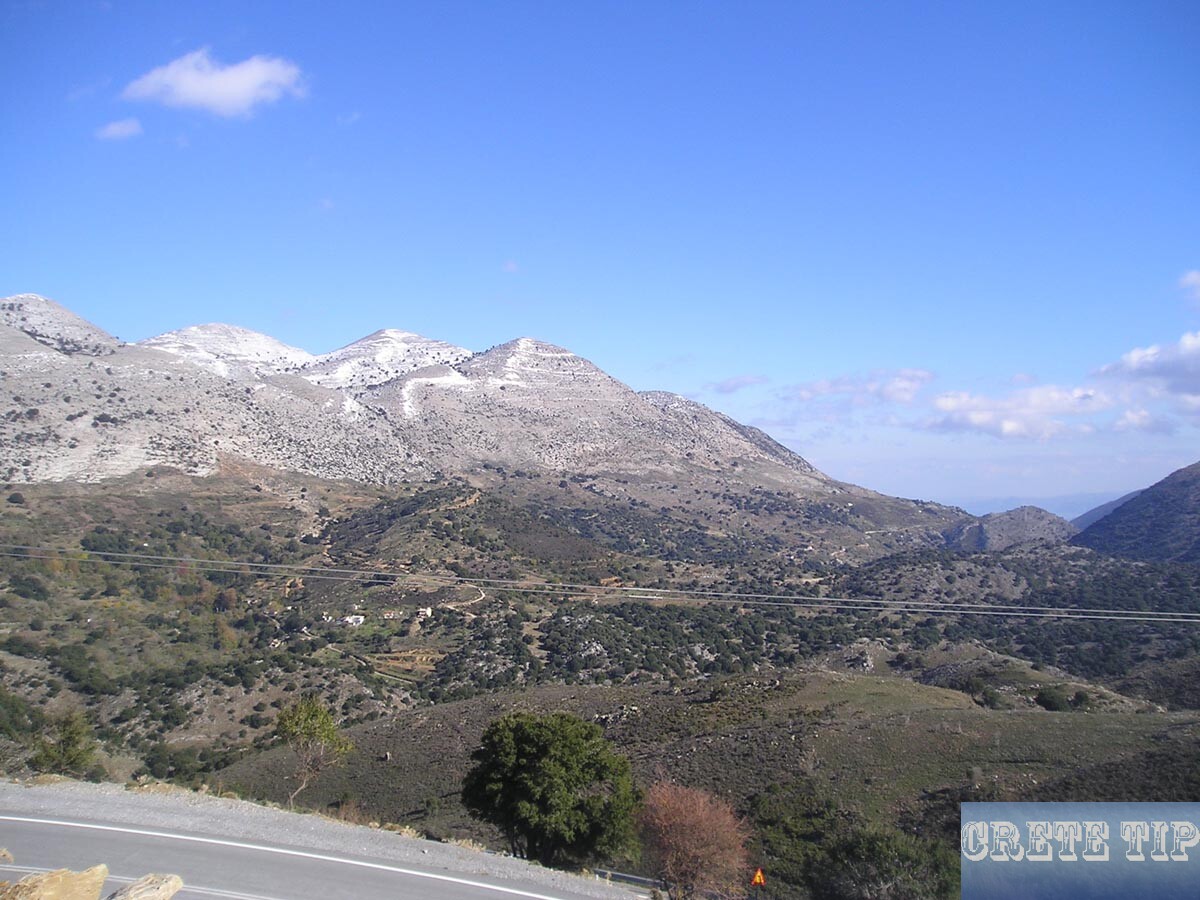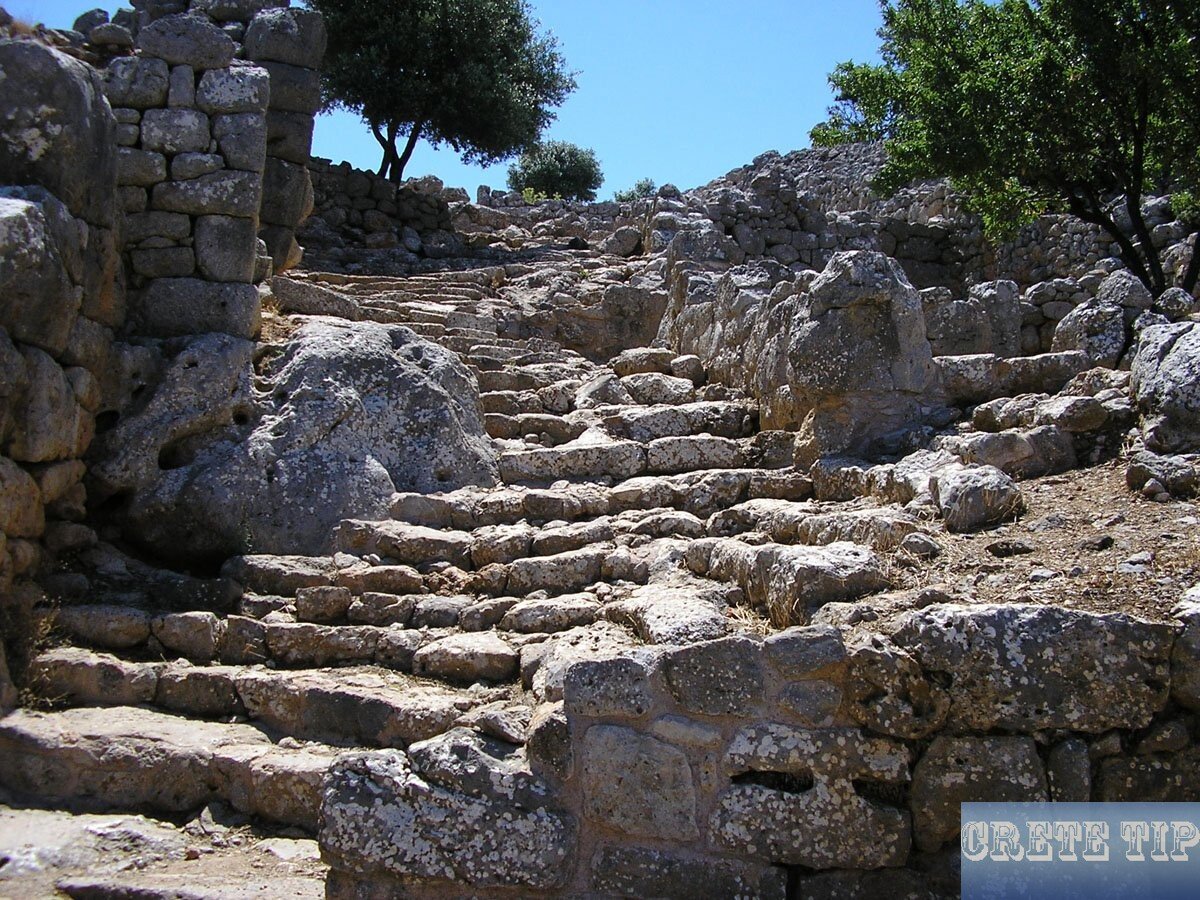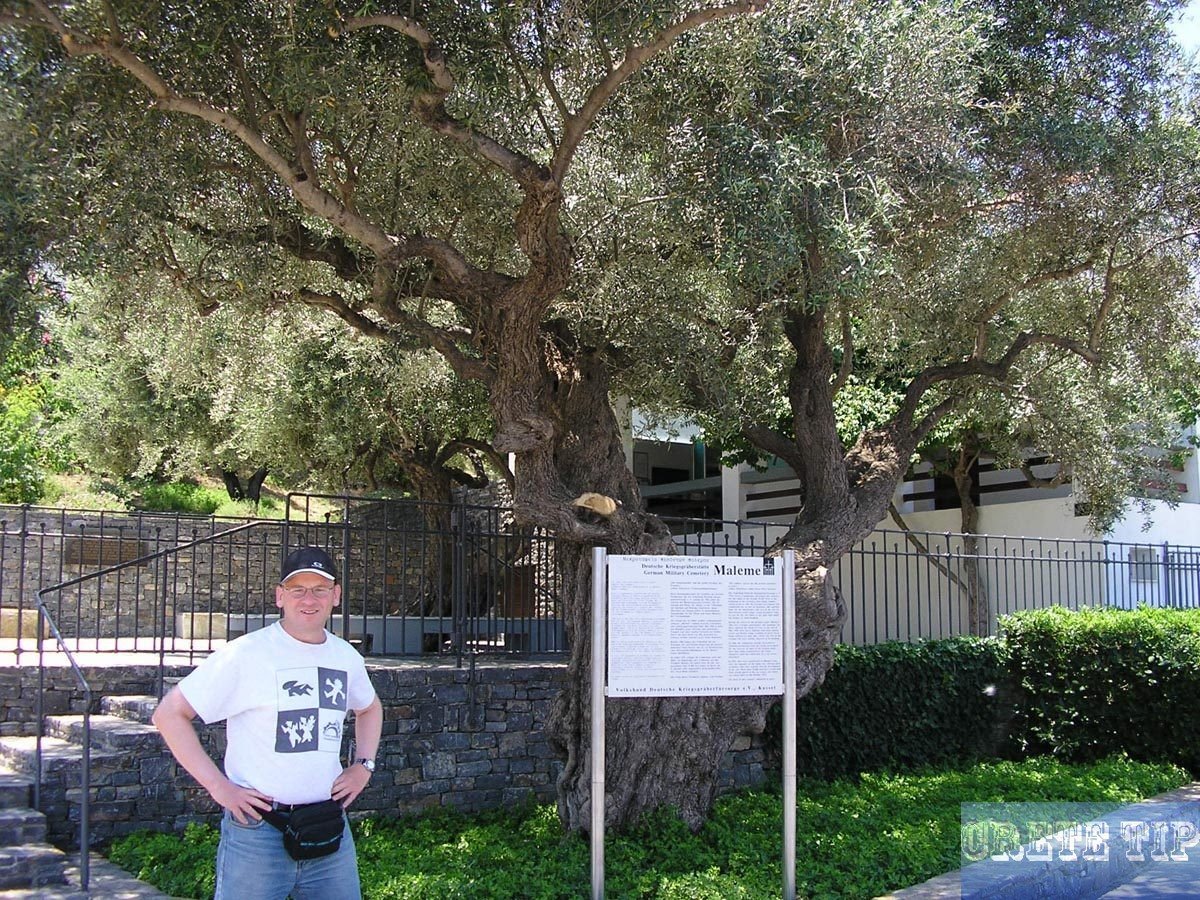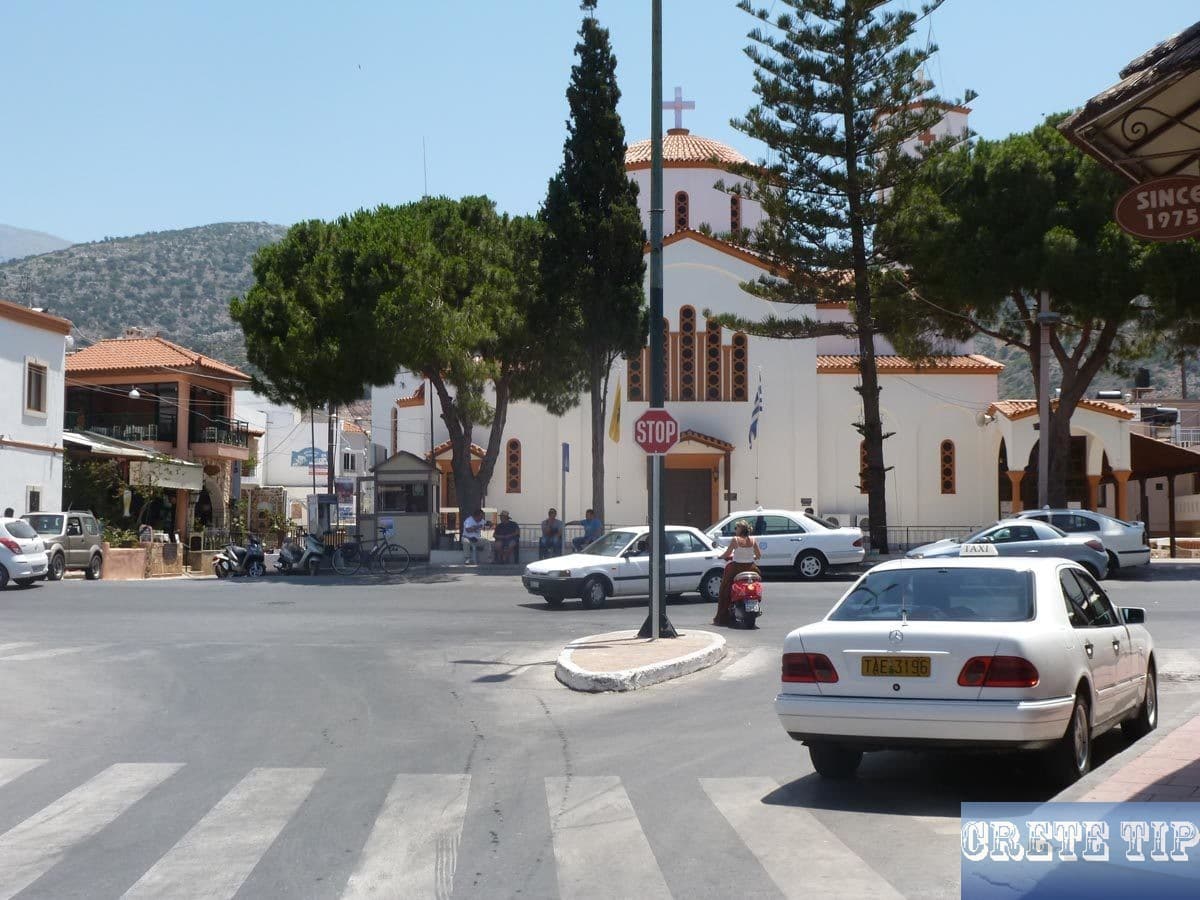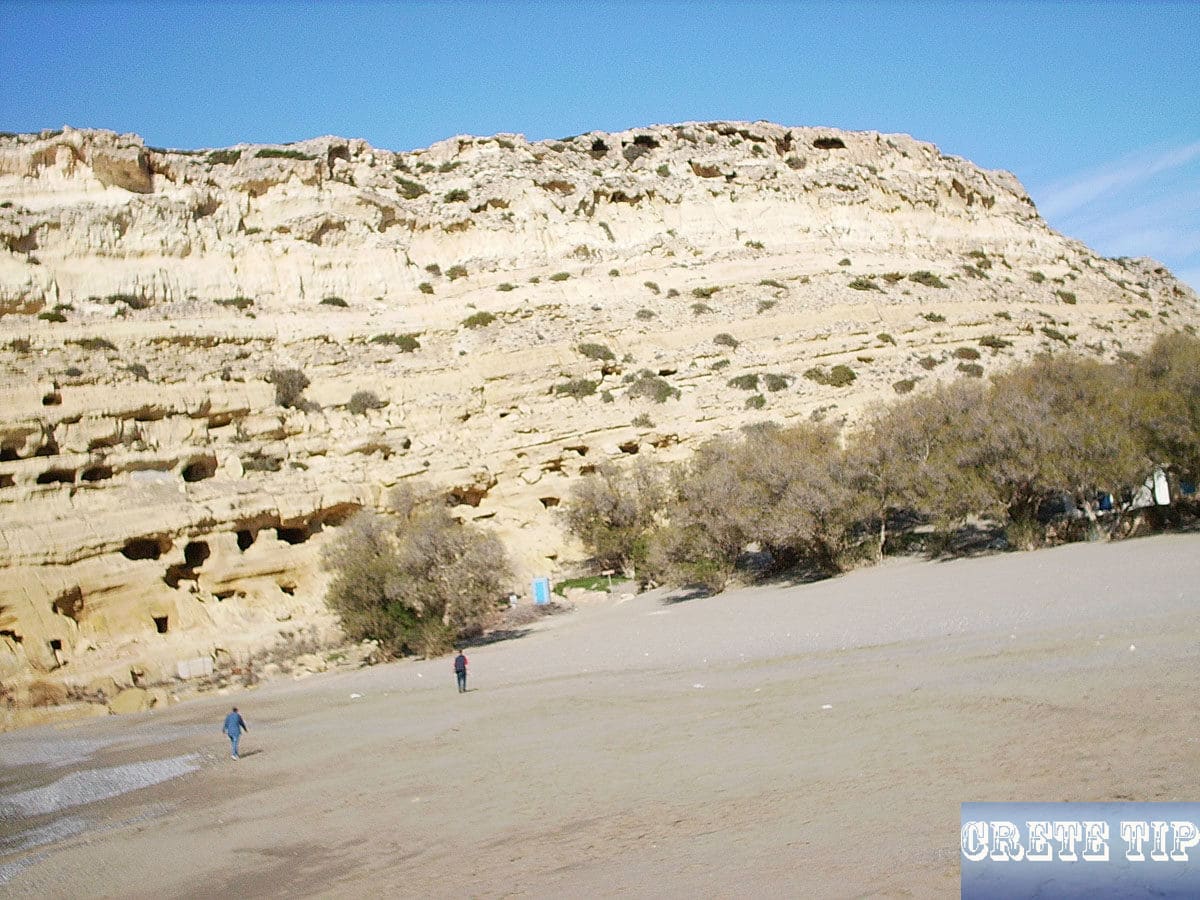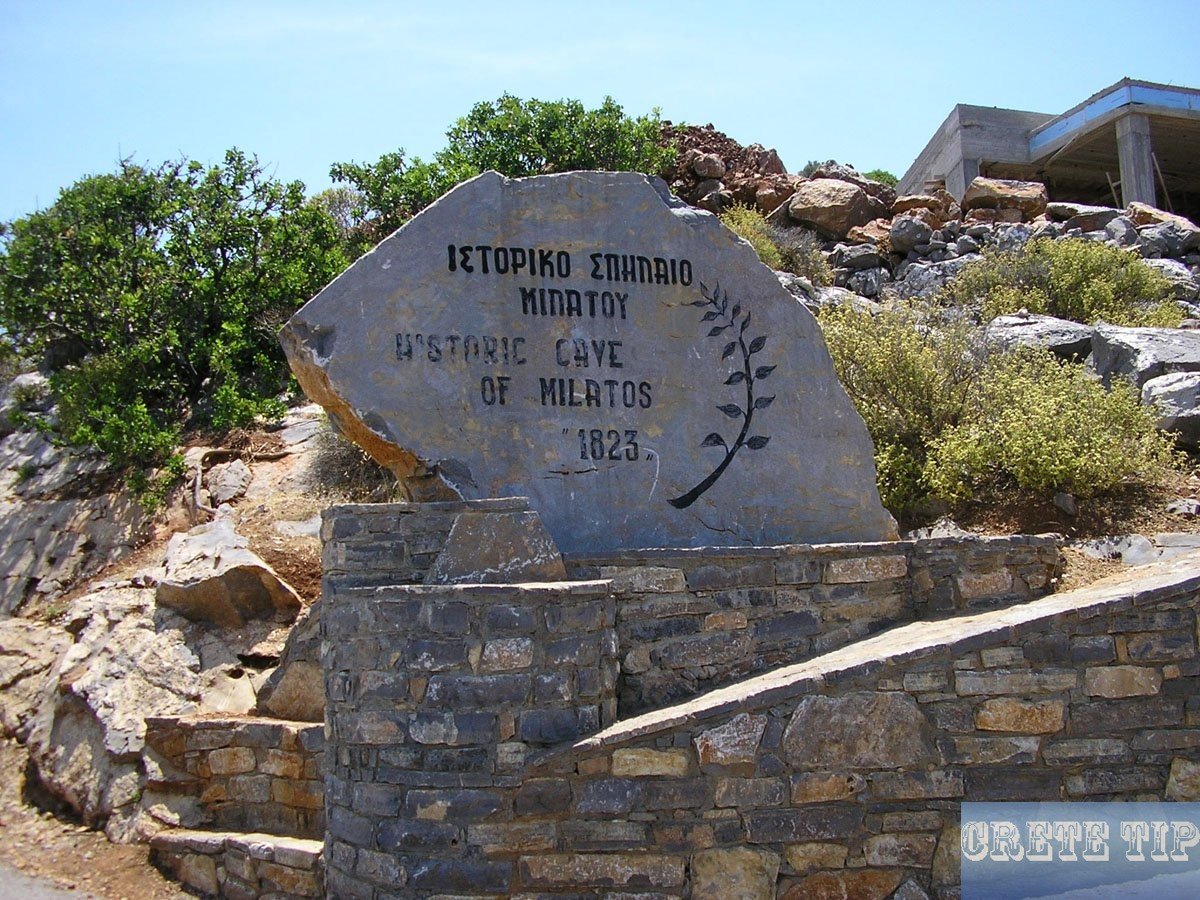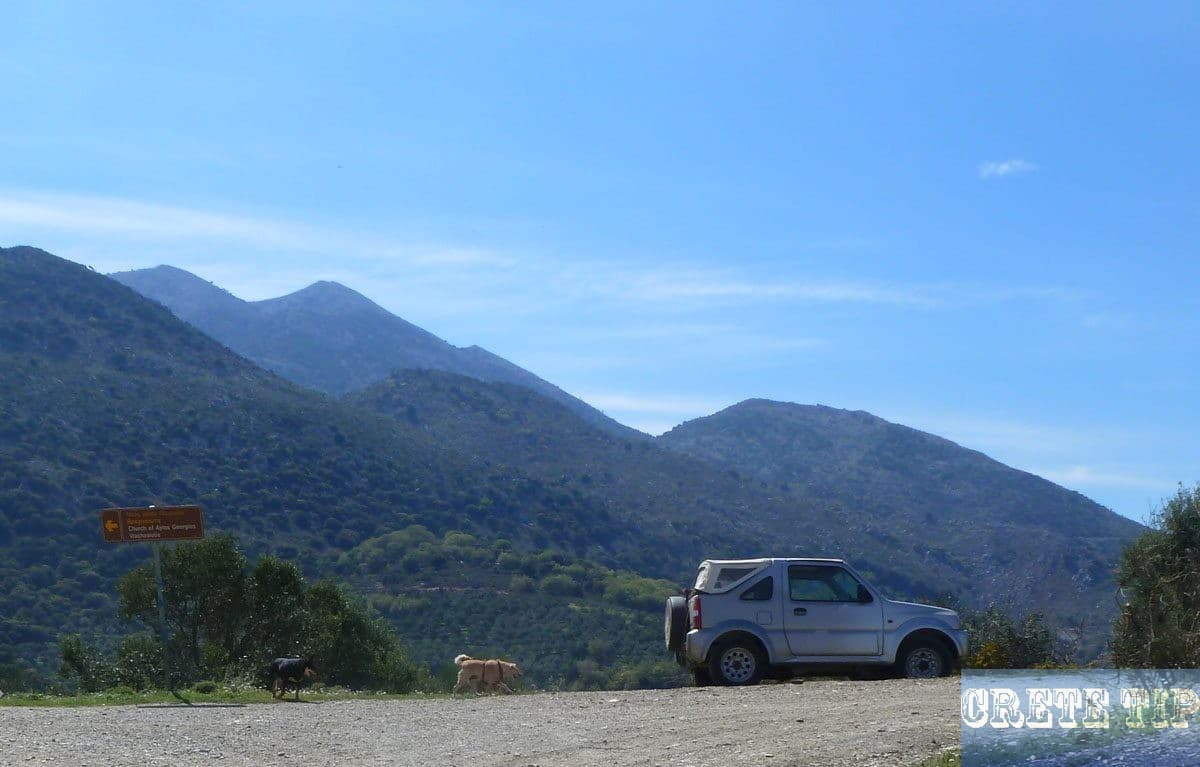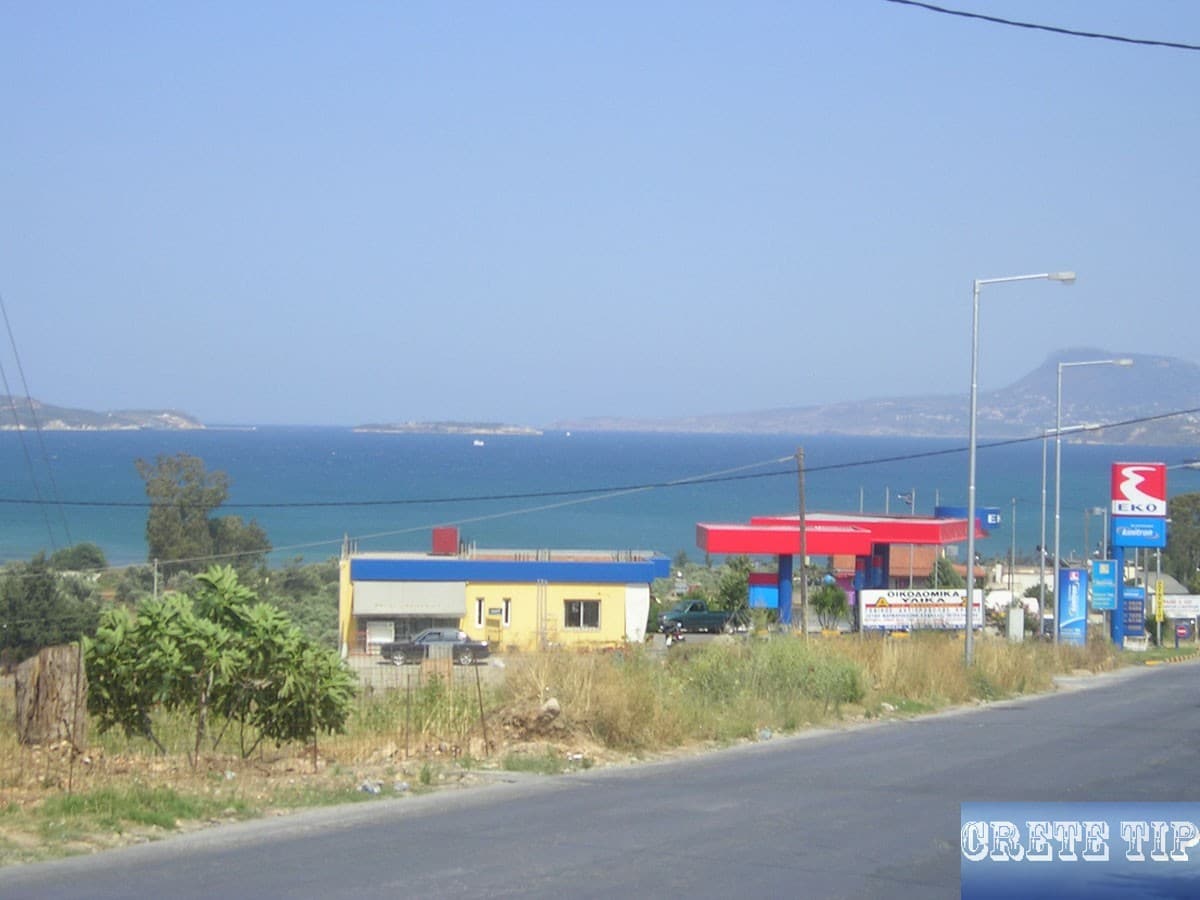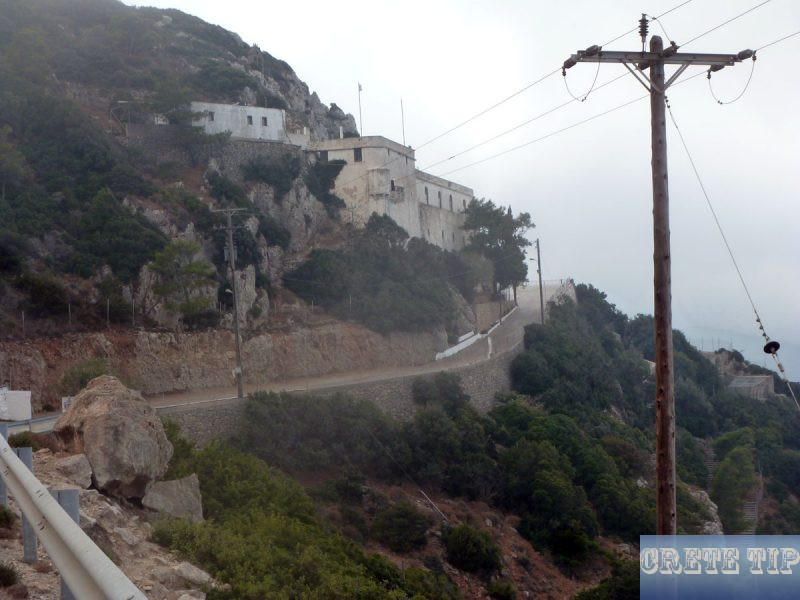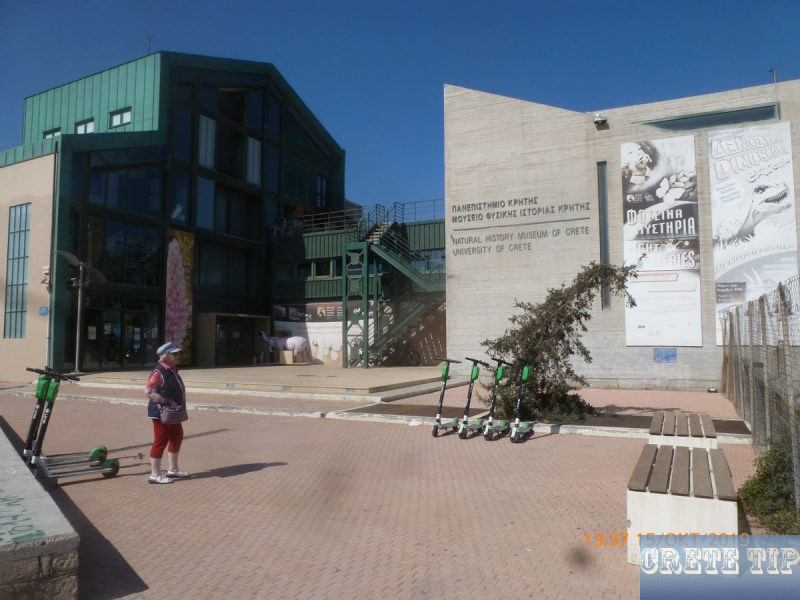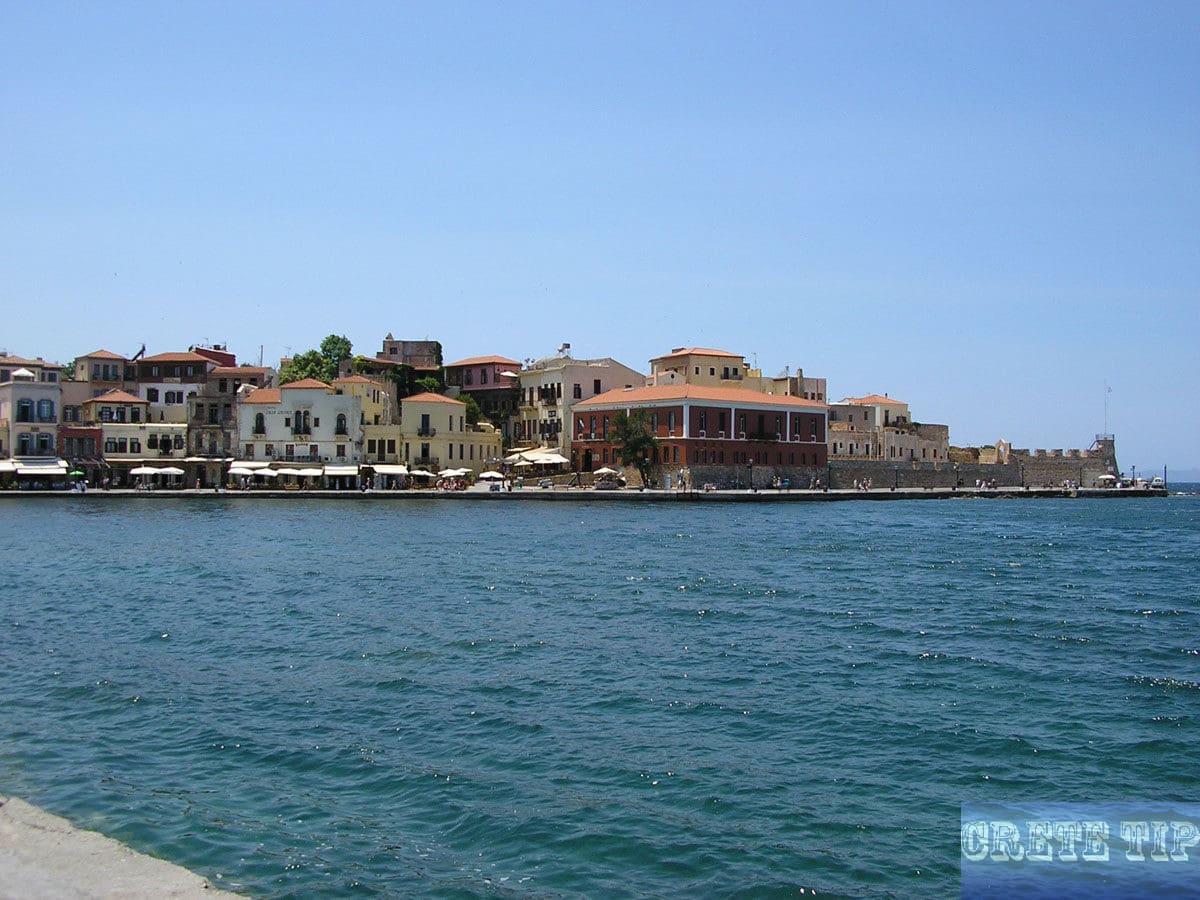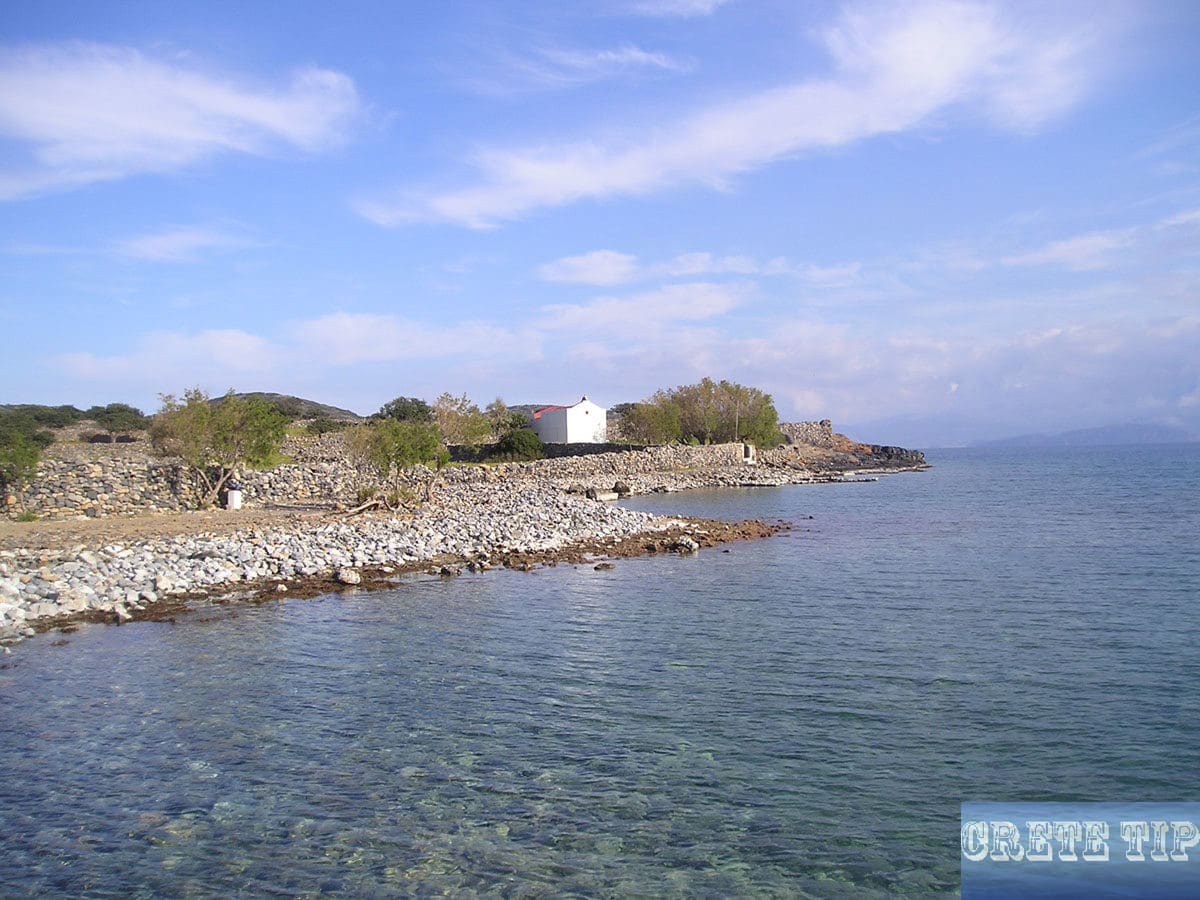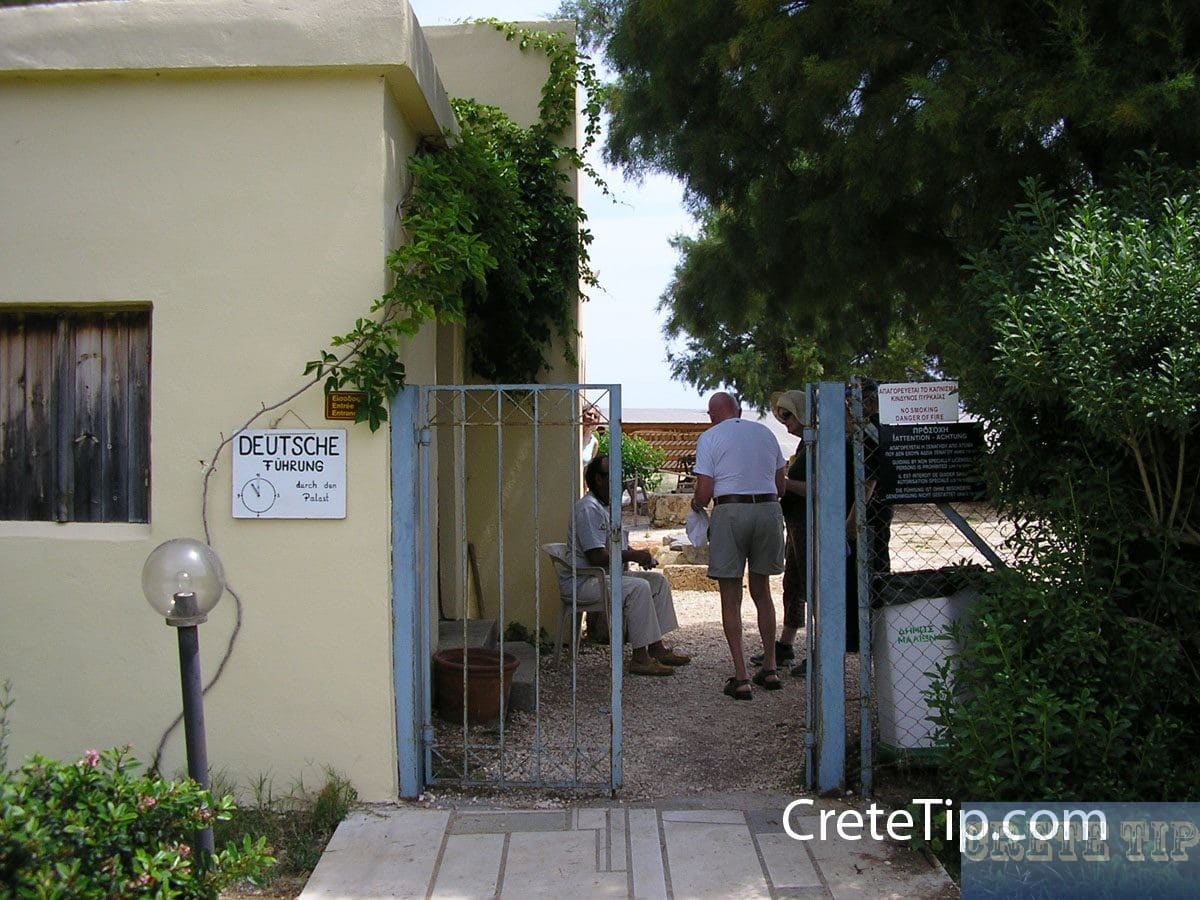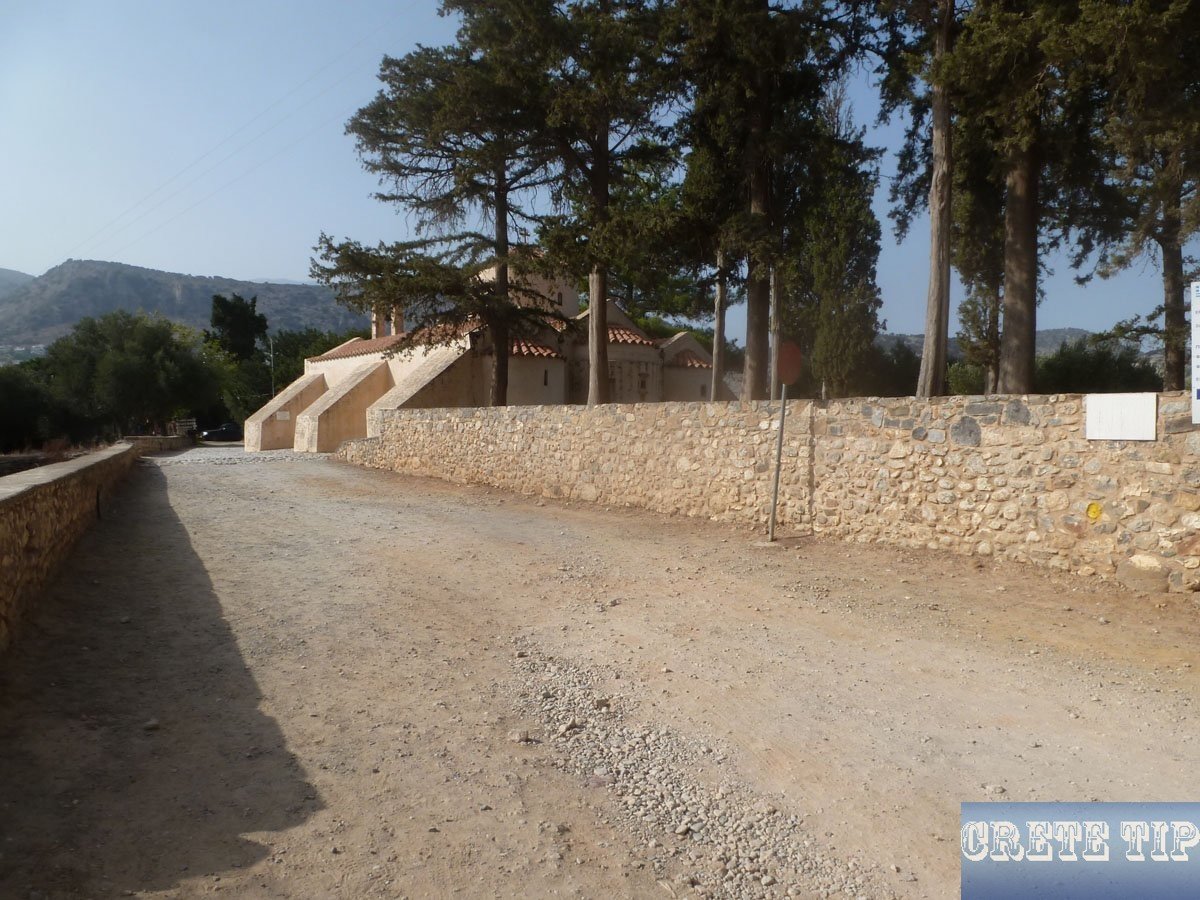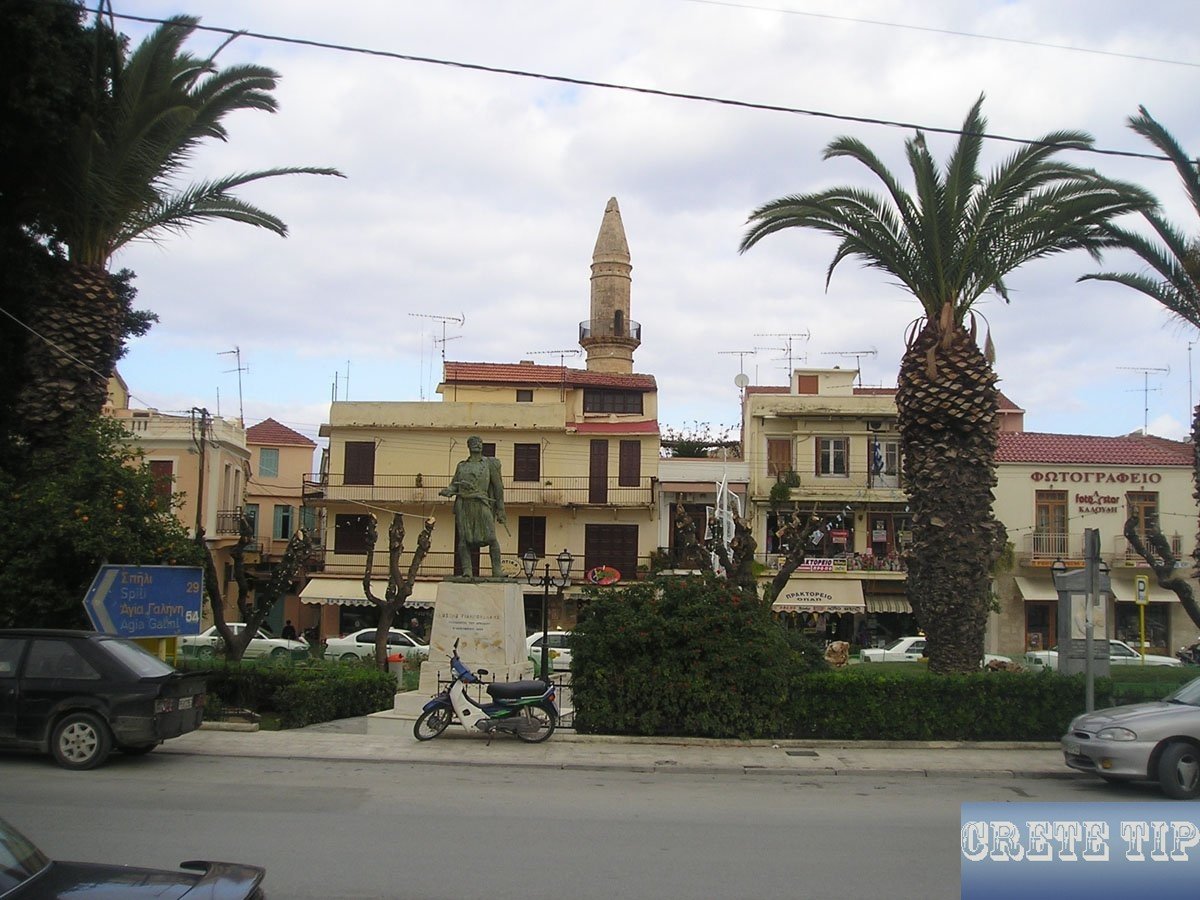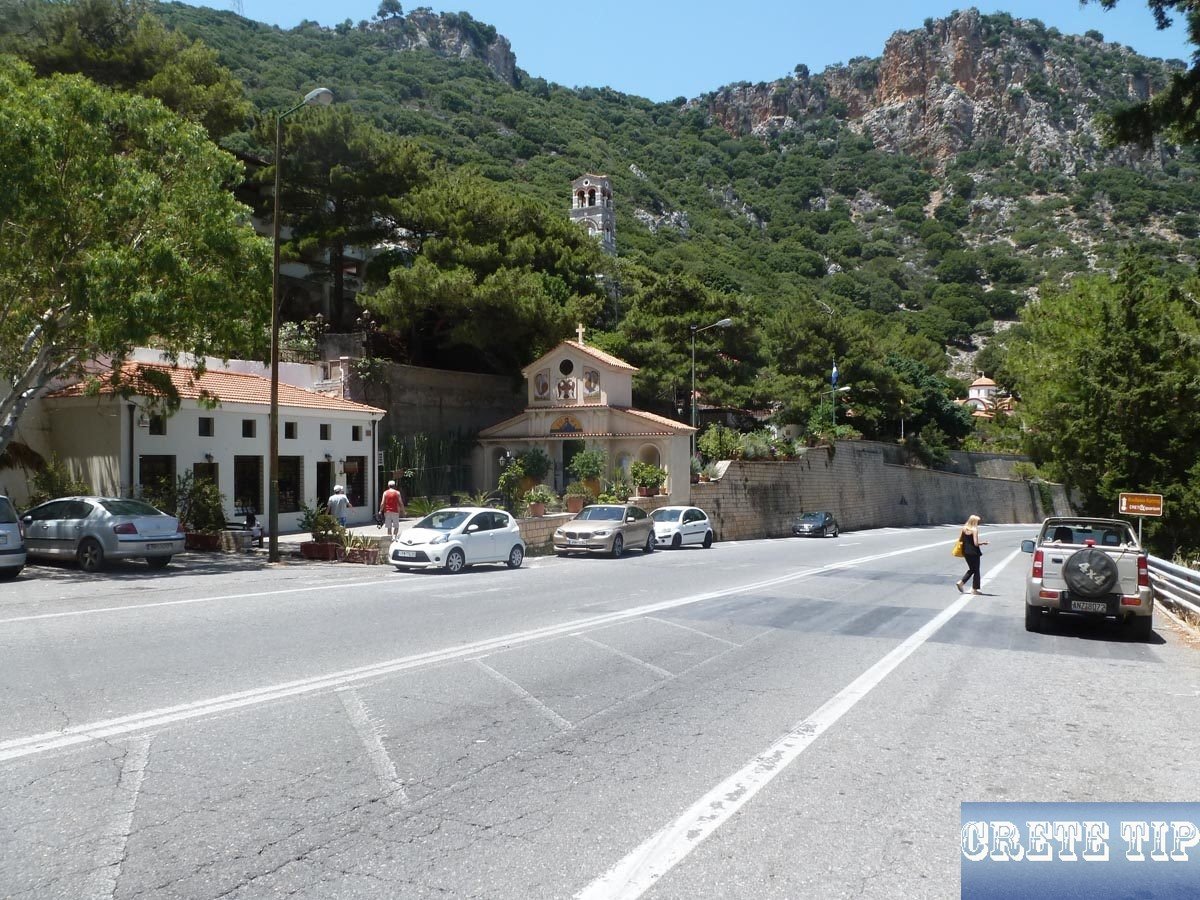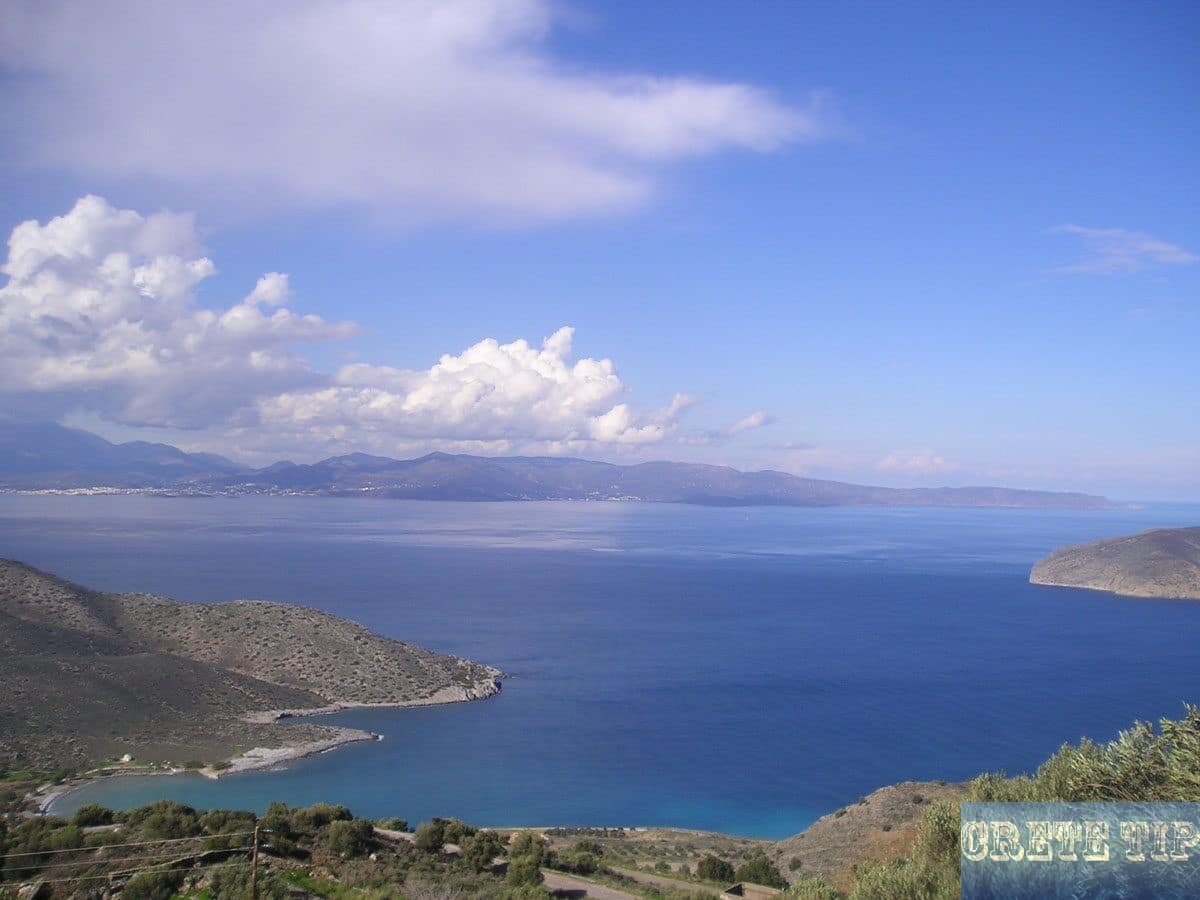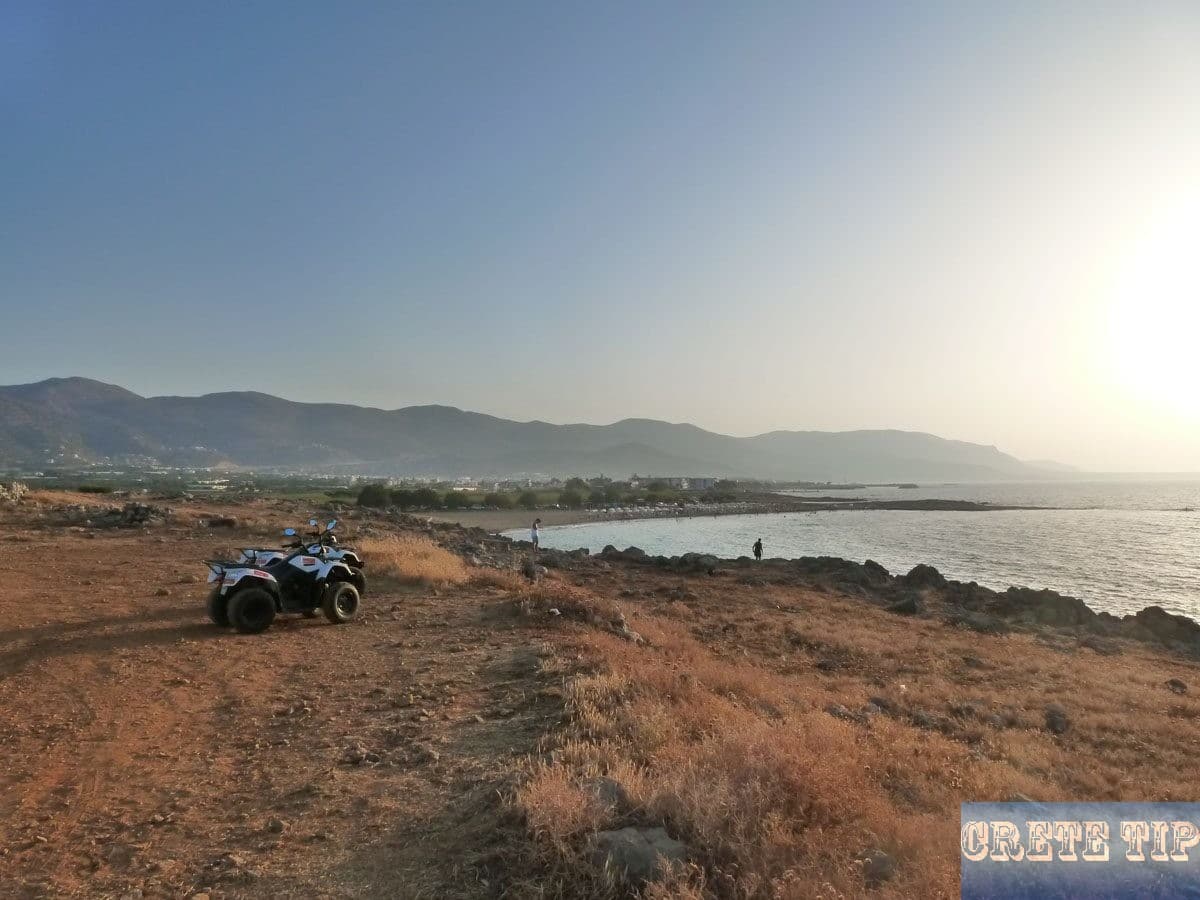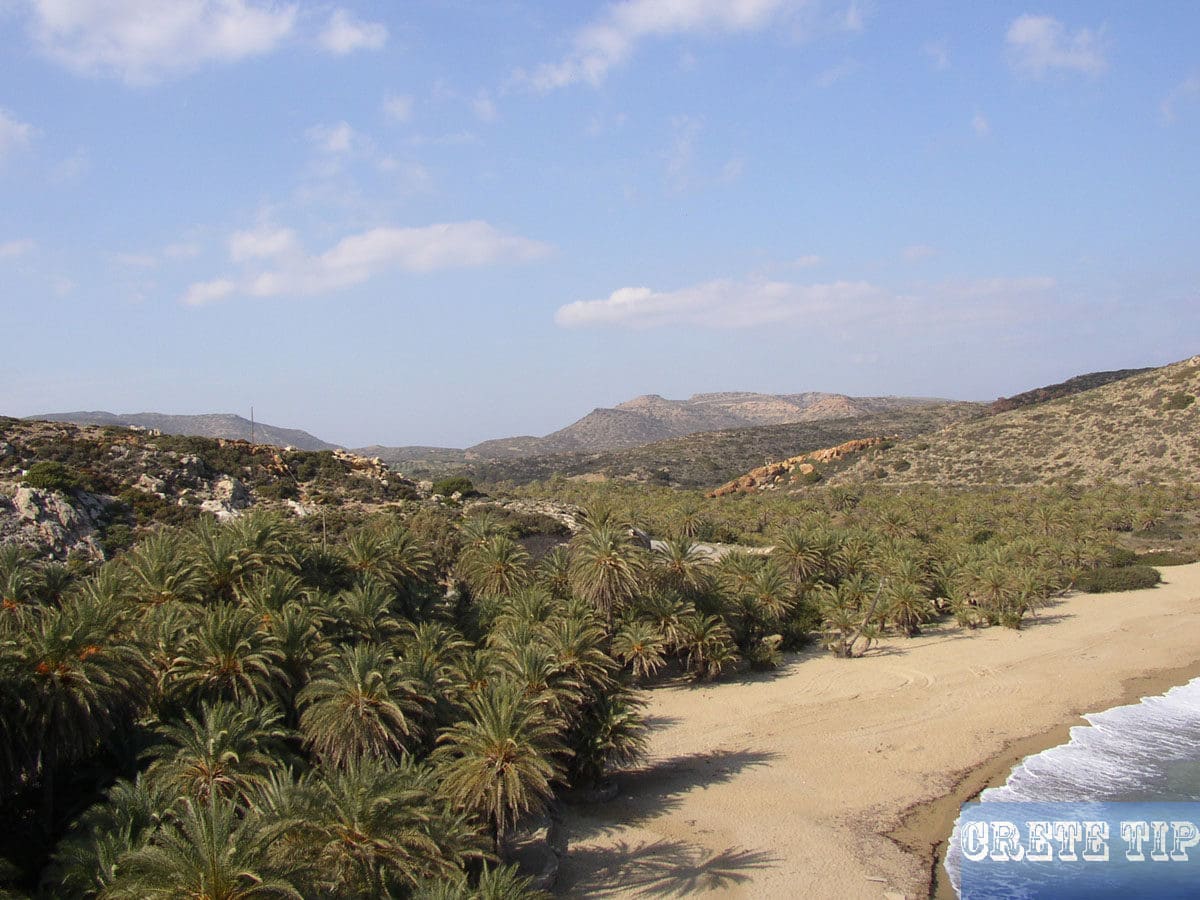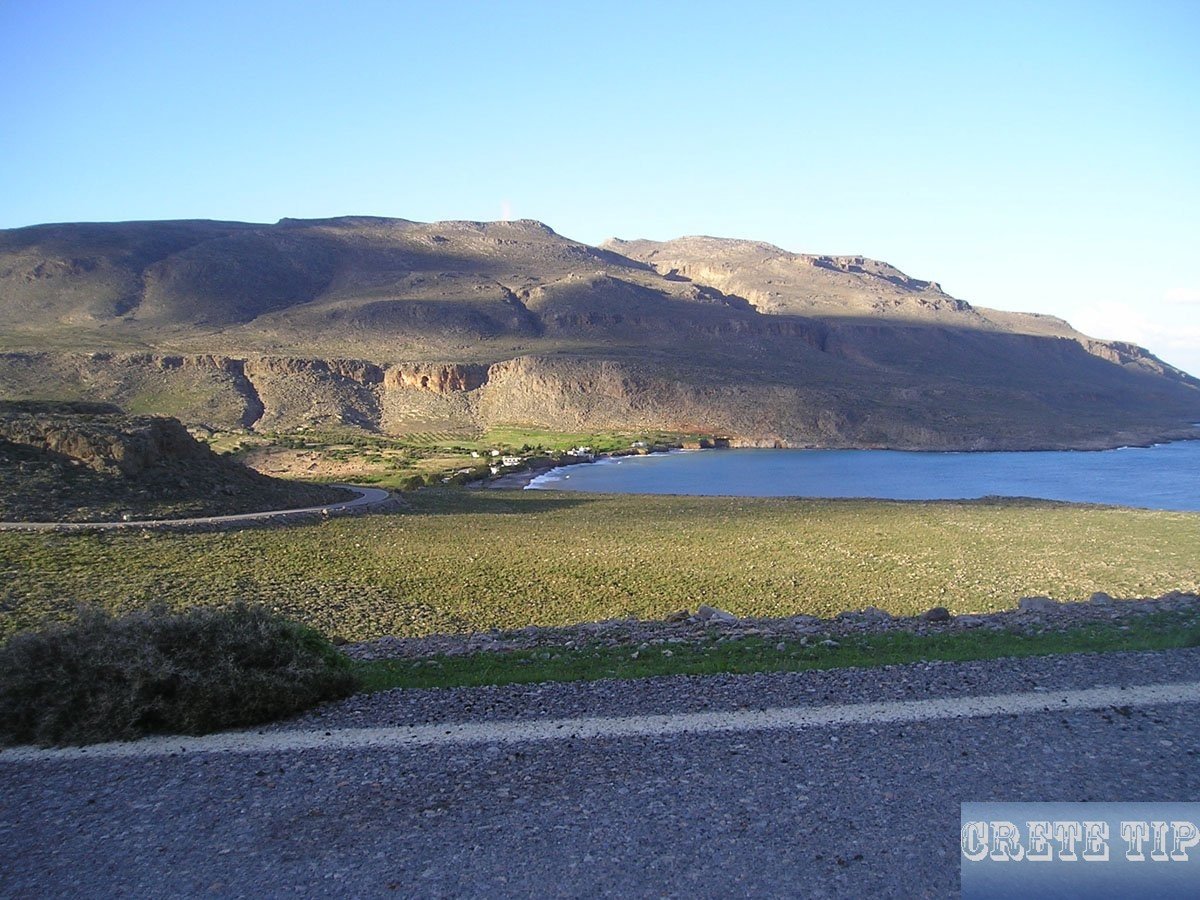Road Traffic on Crete: Navigating and Accessing Destinations by Car.
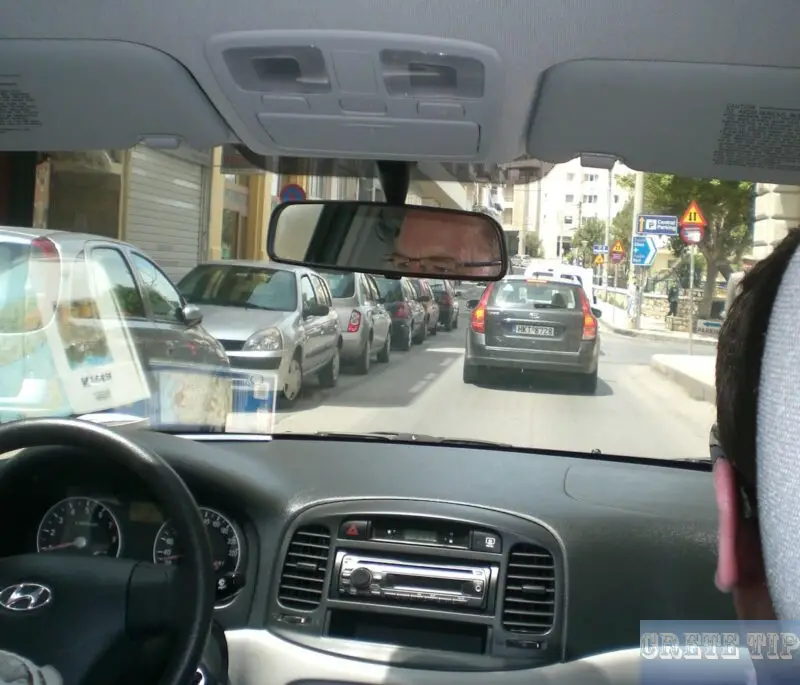
Directions and Traffic
Travelling by car on Crete offers unparalleled freedom to explore this magnificent Greek island at one’s own pace. The island’s diverse landscapes, from the White Mountains to secluded beach coves, beckon for a road trip adventure. However, navigating Crete’s road network can be a challenge for drivers accustomed to more predictable terrain. The thoroughfares range from well-maintained national roads to smaller local routes that twist and turn through the mountainous terrain, demanding full attention and careful driving.
To the individual route descriptions:
Road Traffic on Crete: Navigating and Accessing Destinations by Car
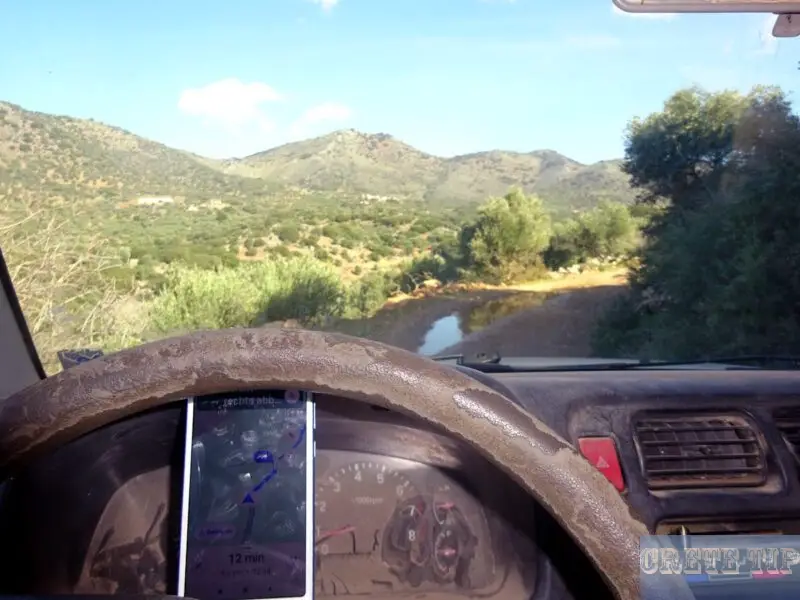
Finding and reaching destinations in Crete by car requires a good understanding of local driving customs and conditions. The main artery connecting the major cities of Chania, Rethymnon, Heraklion, and Aghios Nikolaos is the National Road, which is generally in good condition and offers the most direct routes across the island. Away from this main road, one must be prepared for the narrower, winding secondary roads that often include steep inclines and are occasionally dotted with herd animals. These roads lead to many of the island’s hidden gems, making the journey as spectacular as the destination.
It’s advisable to plan the itinerary carefully, taking into consideration the nature of the Cretan roads and the potential for seasonal traffic. Being equipped with a reliable GPS system and up-to-date maps is essential for a stress-free experience. Moreover, understanding local driving laws and practices, such as the custom of keeping to the right side of the lane to allow for overtaking, will keep one safe while savouring the freedom of a road trip in Crete.
‘Greek overtaking’ – not recommended for imitation:
Preparing for Your Cretan Road Trip

Embarking on a road trip in Crete requires preparation, especially with regard to legal driving practices and car rental options. It’s crucial to choose the right car rental service, understand local driving regulations, and familiarise oneself with road behaviours specific to the island, ensuring a smooth and safe journey.
Choosing the Right Car Rental Service
When renting a car in Crete, one must consider the type of vehicle suitable for the journey. Rental companies offer a wide range of cars, and selecting a model with good road clearance is advisable due to the mountainous terrain. It’s important to compare different car rental services for their rates, insurance options, and customer reviews. Ensuring that your rental car comes equipped with a reliable GPS or map can also save time and hassle.
Understanding Crete’s Driving Regulations
They must have a good understanding of Crete’s driving regulations. As driving laws may differ from those in other countries, it is essential to familiarise oneself with the specifics to avoid fines or dangerous situations.
An unpleasant encounter when turning into a one-way street in Heraklion in a rental car:
See also: Important Changes to the Highway Code and the Most Dangerous Places on Crete.
Right-Hand Driving
In Crete, as in the rest of Greece, vehicles are driven on the right-hand side of the road. For those accustomed to left-hand driving, taking some time to adjust to this change before venturing into high-traffic areas is sensible.
Speed Limits
Speed limits in Crete are enforced and indicated in kilometres per hour (km/h). The speed limit is typically 50km/h in urban areas, 90km/h on open roads, and 130km/h on national roads and motorways, unless otherwise signposted.
Keep an eye out for local signage as these limits may change due to road conditions or construction work. Outside built-up areas on good roads, a speed of 80 km/h is generally on the safe side and neither too slow nor too fast.
Seat Belts and Child Safety
Seat belt use is mandatory for all passengers in the vehicle. Children under the age of 12 must be secured in an appropriate child car seat or booster seat. Compliance with these regulations is not only a legal requirement but a measure to ensure the safety of all passengers.
Alcohol Limit
The legal blood alcohol limit for drivers in Crete is 0.05%. However, for new drivers who have held their licence for less than two years, the limit is 0.02%. Authorities are strict, and penalties for driving under the influence can be severe, including fines, driving bans and even a night in a prison cell.
Mobile Phones
Use of mobile phones without a hands-free system is strictly prohibited while driving. This law is in place to prevent distractions and maintain focus on the road. Violation of this rule can result in fines.
Driving Half on the Shoulder in Crete
It is a common practice for drivers in Crete to drive with one half of the car on the road shoulder, particularly on narrower roads or to allow space for overtaking. Visitors should be cautious and observe this practice, adjusting their driving accordingly to maintain traffic flow and adhere to local customs.
Must-See Destinations Accessible by Car
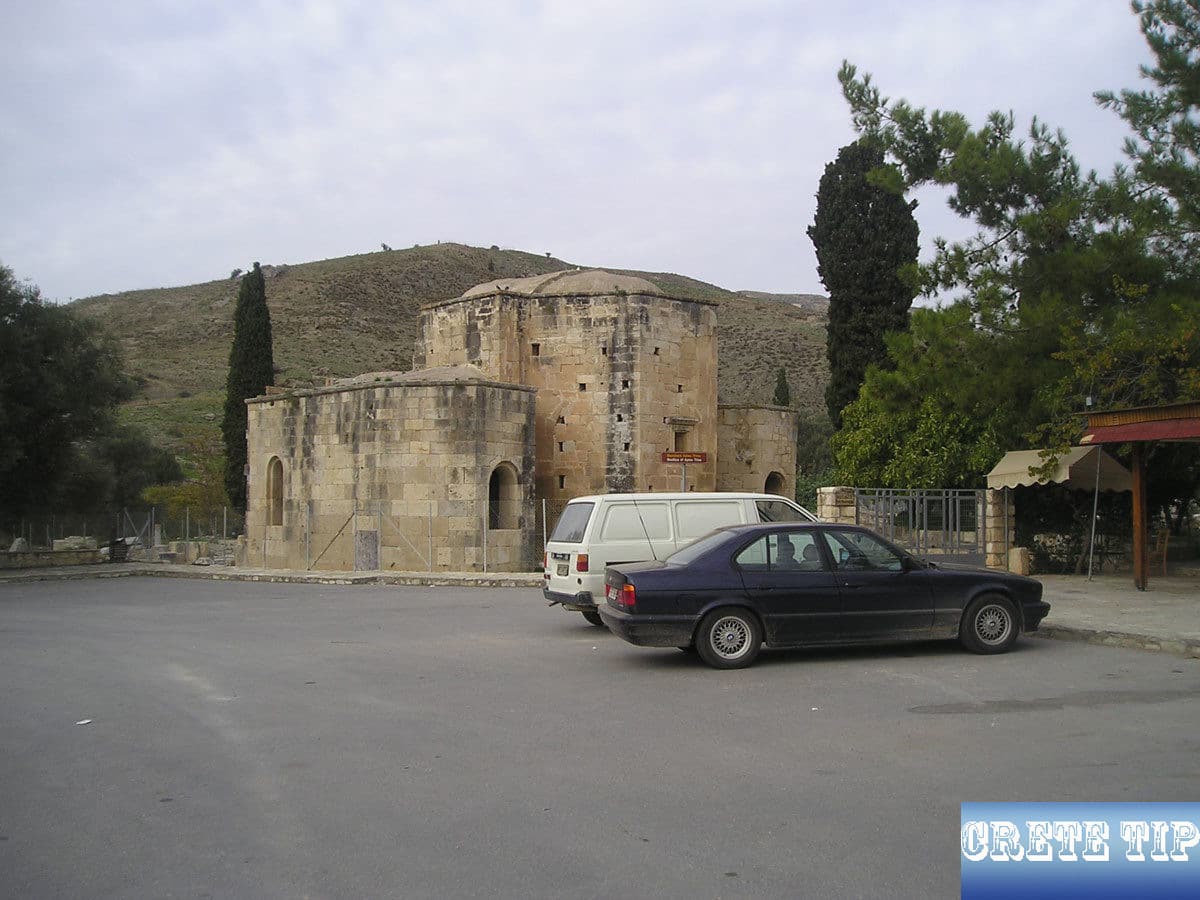
Exploring Crete by car is an opportunity to encounter a rich tapestry of history, natural splendour, and traditional villages. Here’s a closer look at the must-visit locations across the island, where the journey is as captivating as the destinations themselves.
Historical and Archaeological Sites
Knossos Palace, just a short drive from Heraklion, stands as a testament to the sophisticated Minoan civilisation and is one of Crete’s most visited historical attractions. Visitors should not miss the opportunity to explore its complex layout and vibrant frescoes, which bring the island’s storied past to life.
Spinalonga Island, once a leper colony, is steeped in history and accessible by a short car ride to Agios Nikolaos followed by a boat trip. The preserved ruins on the island resonate with the echoes of its diverse past.
Natural Landscapes and Beaches
Crete boasts a multitude of breathtaking landscapes, from the exotic Balos Lagoon with its turquoise waters to the pink sands of Elafonisi Beach. These iconic beaches offer an unparalleled retreat into nature’s serenity, with Elafonisi being particularly renowned for its unique beauty.
For the adventurers at heart, Samaria Gorge, the longest gorge in Europe, beckons. Navigating the winding roads through Crete’s mountainous backbone to reach this natural wonder, offers an experience laden with dramatic views and a sense of discovery.
Charming Cretan Villages
The old town of Chania, with its Venetian harbour and colourful marketplaces, exemplifies the island’s spirit. Driving through Rethymno’s historical centre also offers a glimpse into a vibrant past; the narrow streets and fortified walls whisper tales long told.
Discover lesser-known villages such as Vai, which lies within proximity of the famous Vai beach known for its palm forest and golden sands, offering a tranquil escape from the more frequented tourist spots and providing a deeper insight into the Cretan way of life.
Navigating Crete’s Diverse Terrain
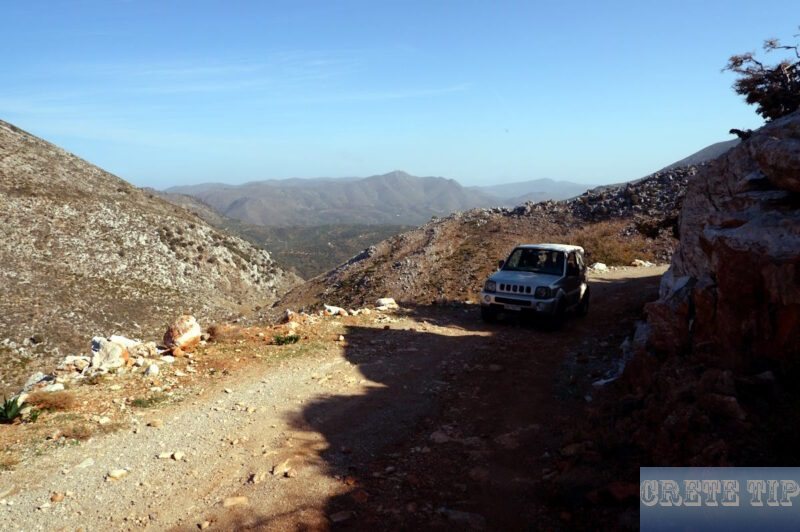
Crete offers a stunning mosaic of landscapes, from the imposing peaks of the White Mountains to the serenity of its coastal fringes. Travellers eager to explore by car will encounter everything from vertiginous hairpin turns to tranquil rural roads, each demanding a steady hand and keen eye.
Mountainous Journeys and Gorges
Driving across Crete‘s mountainous terrain, one is confronted with a dramatic sequence of hairpin turns and narrow passages, particularly when traversing to the famed gorges like those near Samaria. The White Mountains (‘Lefka Ori’) present a rugged backdrop, set against roads that often run precariously on the edge of cliffs. Drivers must remain alert as rural roads can be unforgiving, demanding full attention to the twists and changes in elevation.
Coastal Routes and Beach Access
In contrast, the coastal routes across Crete provide a different driving experience. Roads leading to areas such as Loutro are less about the sudden changes in altitude and more about panoramic views across the azure expanse of the Mediterranean. Beach access often comes via meandering roads that hug the coastline, offering occasional glimpses of secluded bays and stretches of sand waiting to be discovered. Driving along these roads, one can appreciate why a Crete road trip is considered one of the most enchanting driving experiences in Greece.
Tips for a Smooth Journey
Ensuring a seamless travel experience on Crete requires understanding the local traffic patterns and regulations. Adherence to safety guidelines and knowledge of emergency information are essential for all drivers.
Best Travel Times and Avoiding Traffic
Spring and early summer are often the most pleasant times for driving in Crete, as the tourist influx is lower compared to peak summer months. To avoid congestion, especially on the National Road, travellers should plan their car journeys outside of usual rush hours, typically early morning or late afternoon.
-
Driving times between destinations can significantly increase during tourist high season and on public holidays.
-
It is usually more time-efficient to travel by ferry or plane when accessing Crete from mainland Greece, then continuing by car on the island.
Safety and Emergency Information
Crete’s mountainous terrain demands cautious driving and adherence to speed limits, which are duly posted and enforced. It is mandatory for vehicles to use their lights after sunset and in poor visibility conditions.
-
In case of an emergency, drivers should dial 112 for assistance.
-
For issues that are not immediate emergencies, such as breakdowns, carrying a charged mobile phone with local service numbers saved is advised.
Maximising Your Road Trip Experience
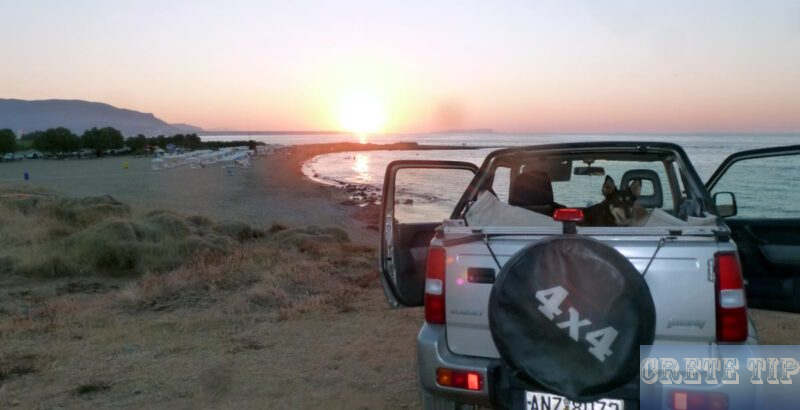
Embarking on a road trip across Crete provides travellers with the opportunity to explore hidden gems and immerse in the local culture. Crafting a well-thought itinerary and savouring local flavours are critical when maximising your time on this Greek isle.
Creating Your Ideal Itinerary
To truly appreciate Crete, one must meticulously plan their crete itinerary. When deciding your route:
- Start by pinpointing your must-see destinations, considering accommodation that suits your budget and proximity to these locations.
- Elounda and the Venetian harbor in Chania are prime spots for photography and sunbathing.
- For adventure enthusiasts, hiking in the Samaria Gorge or snorkeling off the coast of Chrissi offers unparalleled experiences.
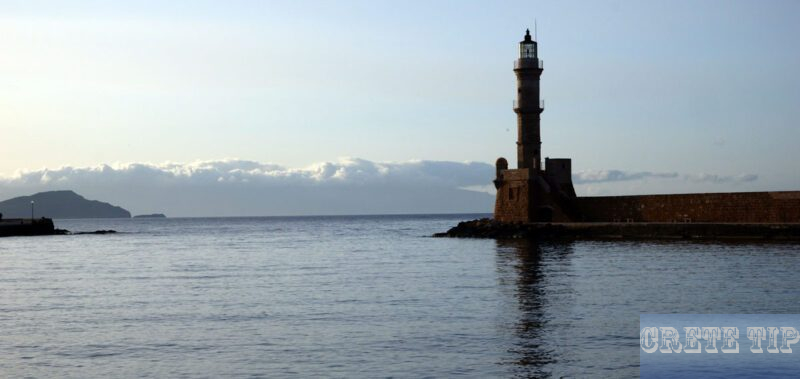
The following list is an example of what you can include in the plan:
Day 1: Venetian harbor of Chania with sunset photography
Day 2 and 3: Hike through the Samaria Gorge and book a guided tour
Day 4: Visit Spinalonga Fortress near Elounda and stay at the conveniently located Corali Studios & Portobello Apartments.
Day 5: Snorkeling at Chrissi Island off Ierapetra, check the weather conditions beforehand.
Cultural Insights and Local Delicacies
The isle of Crete is home to an eclectic cuisine that one cannot miss. Consider the following:
- Indulge in Cretan cuisine at local cafes; fresh fish is a staple for any coastal dining experience.
- Explore caves and then visit a nearby taverna for dishes such as Dakos or Moussaka.
- Take part in local traditions and enjoy a leisurely coffee as Cretans do, complemented by delightful pastries.
Frequently Asked Questions
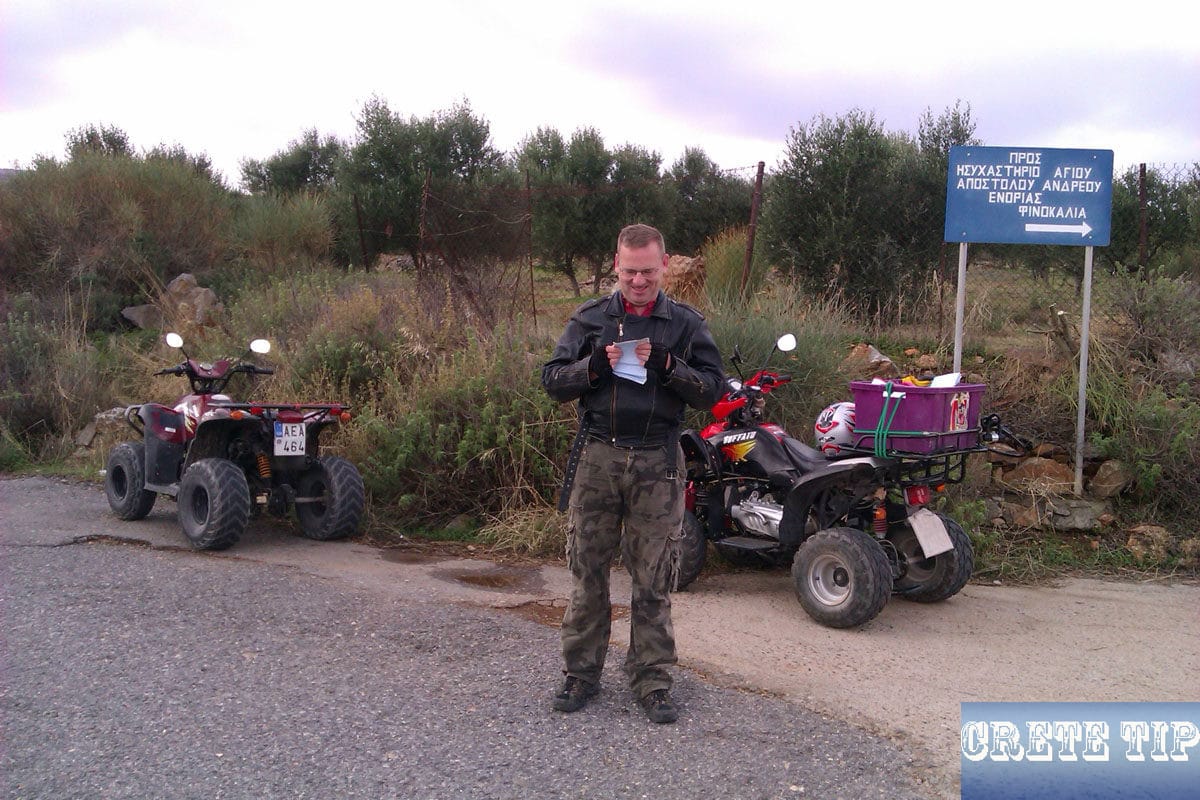
This section provides clear answers to common inquiries regarding road traffic regulations, driving practices, and navigating Crete by car.
What are the driving regulations for EU licence holders in Crete?
EU licence holders are permitted to drive in Crete as long as they have a valid driving licence. It’s recommended to also carry an International Driving Permit as it can provide additional clarity and ease in communication.
What are the driving regulations for UK licence holders in Crete?
UK licence holders must bring their driving licence along with a DVLA code to share their licence details when hiring a car. Following Brexit, using a UK driving licence in Crete requires checking the latest rules before travel.
Which side of the road do motorists drive on in Crete?
Motorists in Crete drive on the right-hand side of the road. This is consistent with the standard driving practice across mainland Europe.
What are the typical driving conditions like in Crete?
Crete features a variety of driving conditions, from well-maintained highways to rural roads that can be narrow and winding. Drivers should be cautious and prepared for uneven surfaces and sharp turns, especially in mountainous areas.
How long does it typically take to traverse the island of Crete by car?
Traversing the long stretch of Crete from west to east can take approximately 5-6 hours. This can vary depending on traffic, road conditions, and the exact starting and ending points.
Is nocturnal driving advisable in Crete?
Night driving in Crete is not advisable for those unfamiliar with the roads due to limited street lighting and possible encounters with wildlife or livestock, which can increase the risk of accidents.
Is having a personal car essential for travelling around Crete?
While public transport exists in Crete, having a personal car can be essential to reach more remote locations and to travel with greater flexibility and convenience. Car rental options are readily available.

